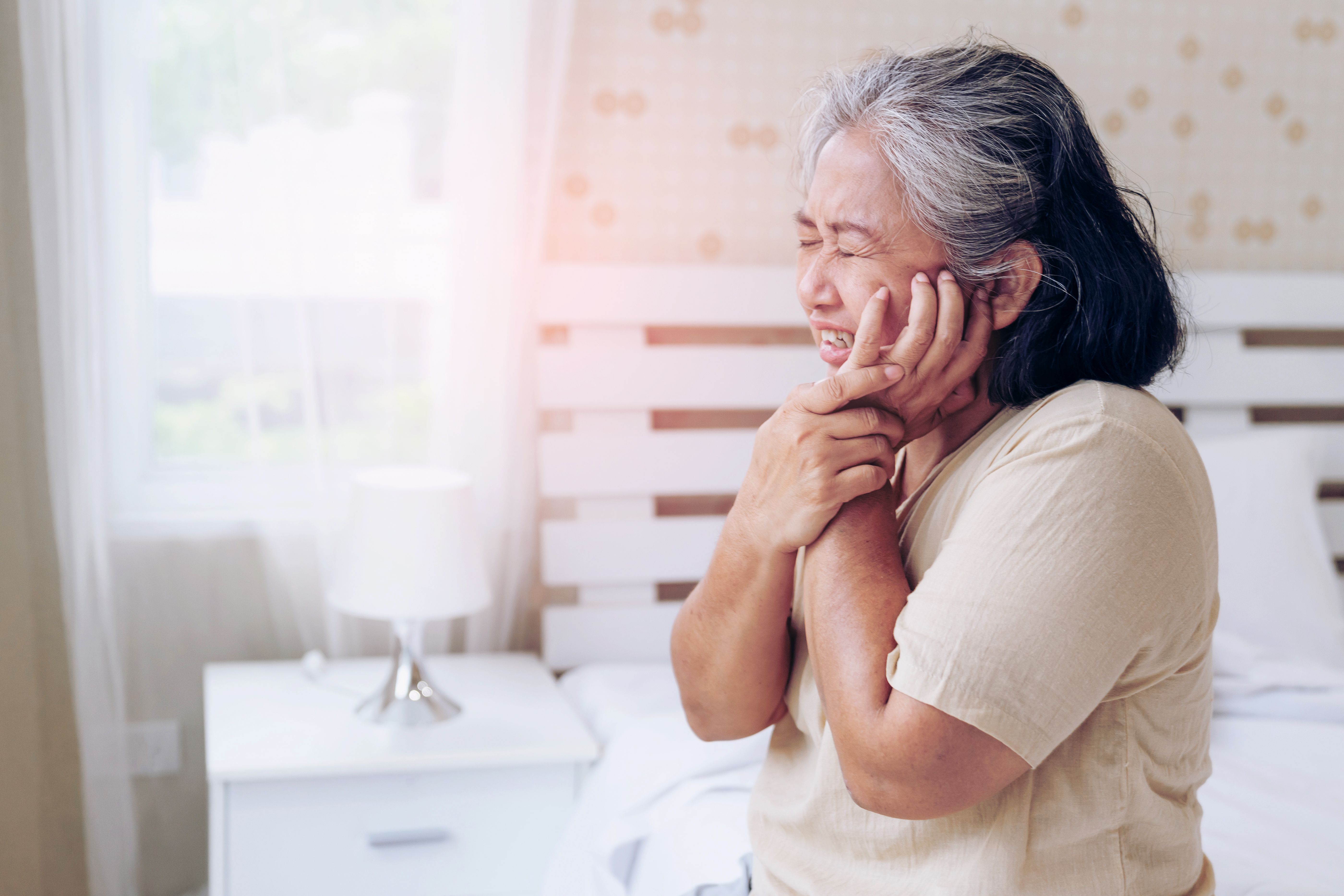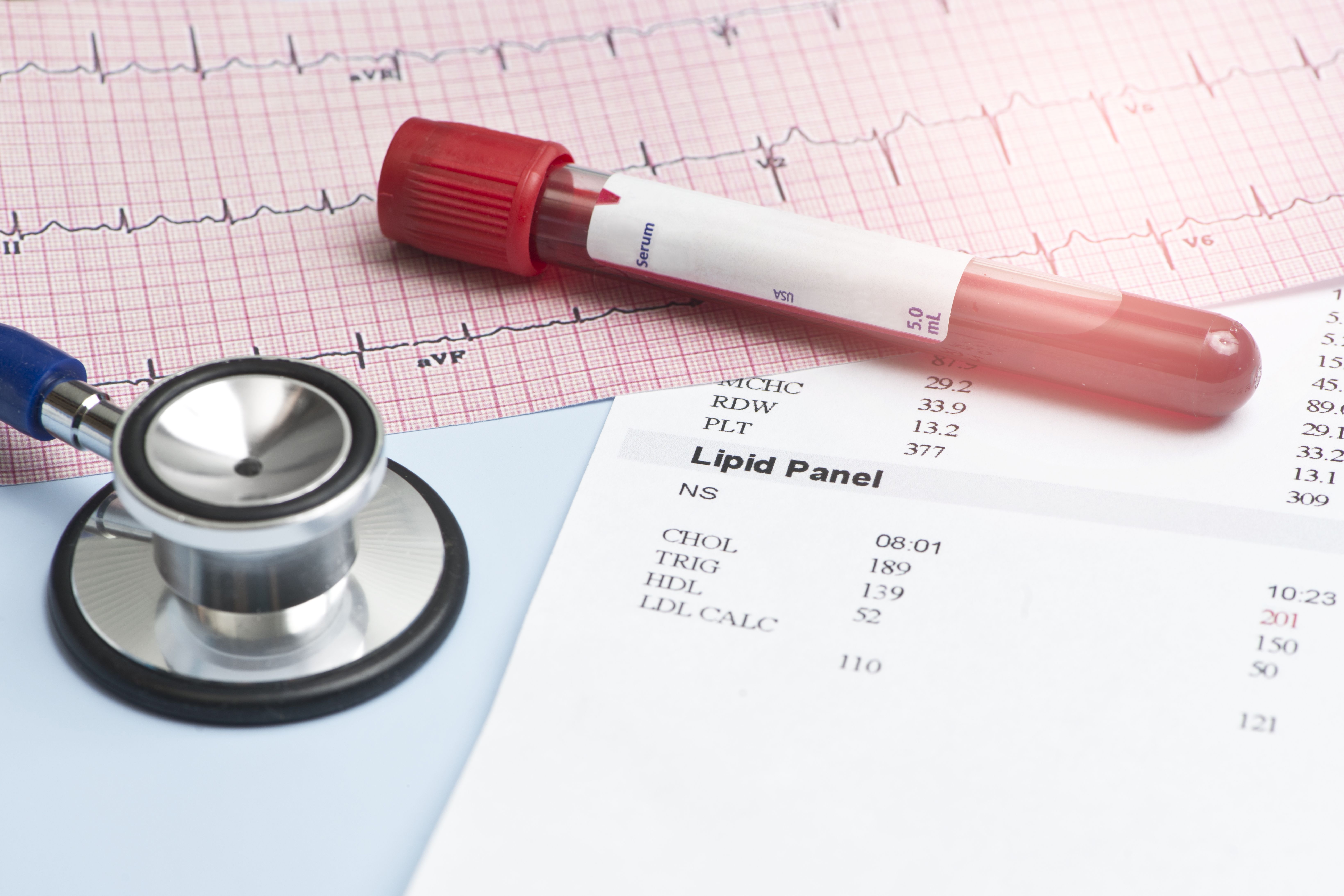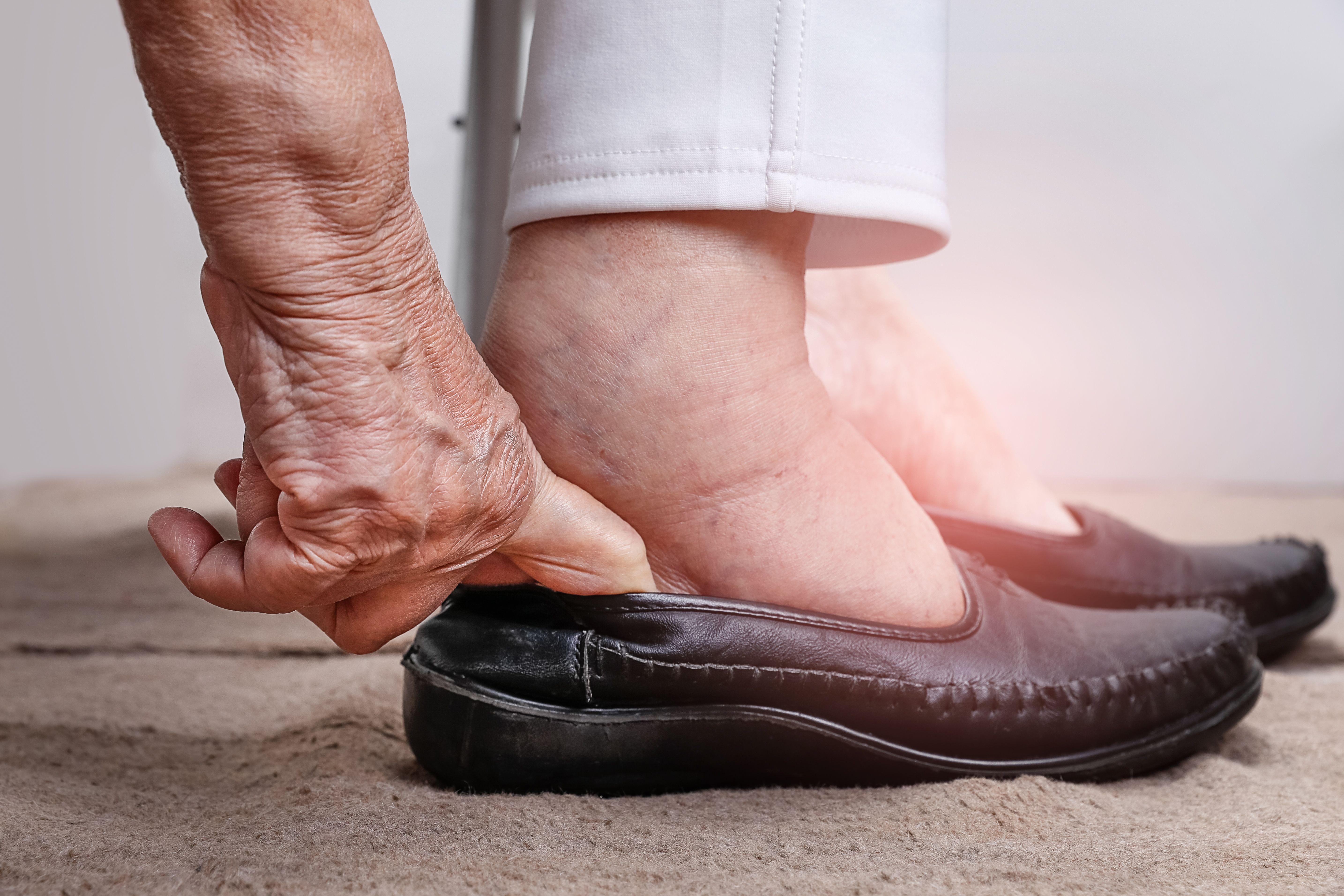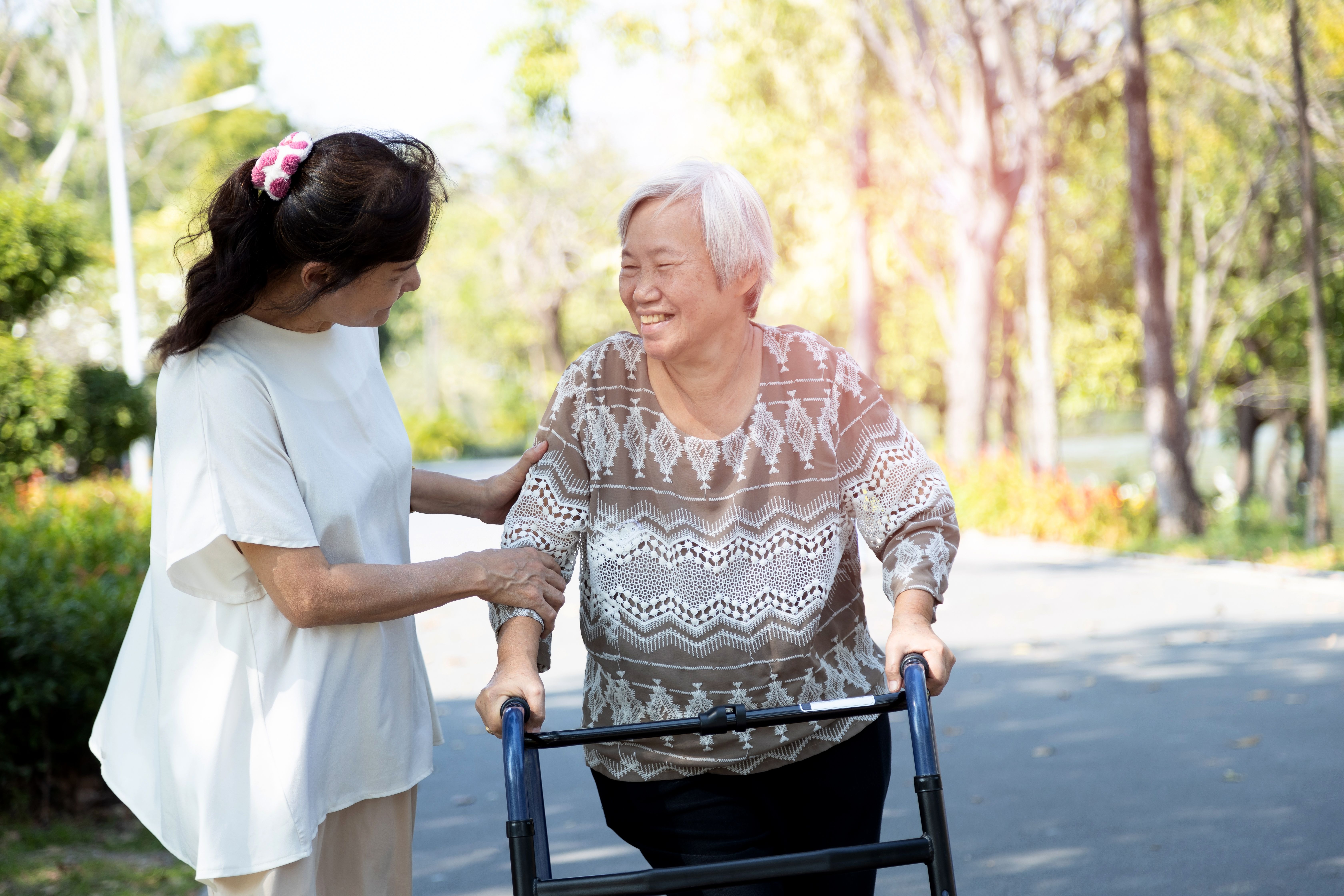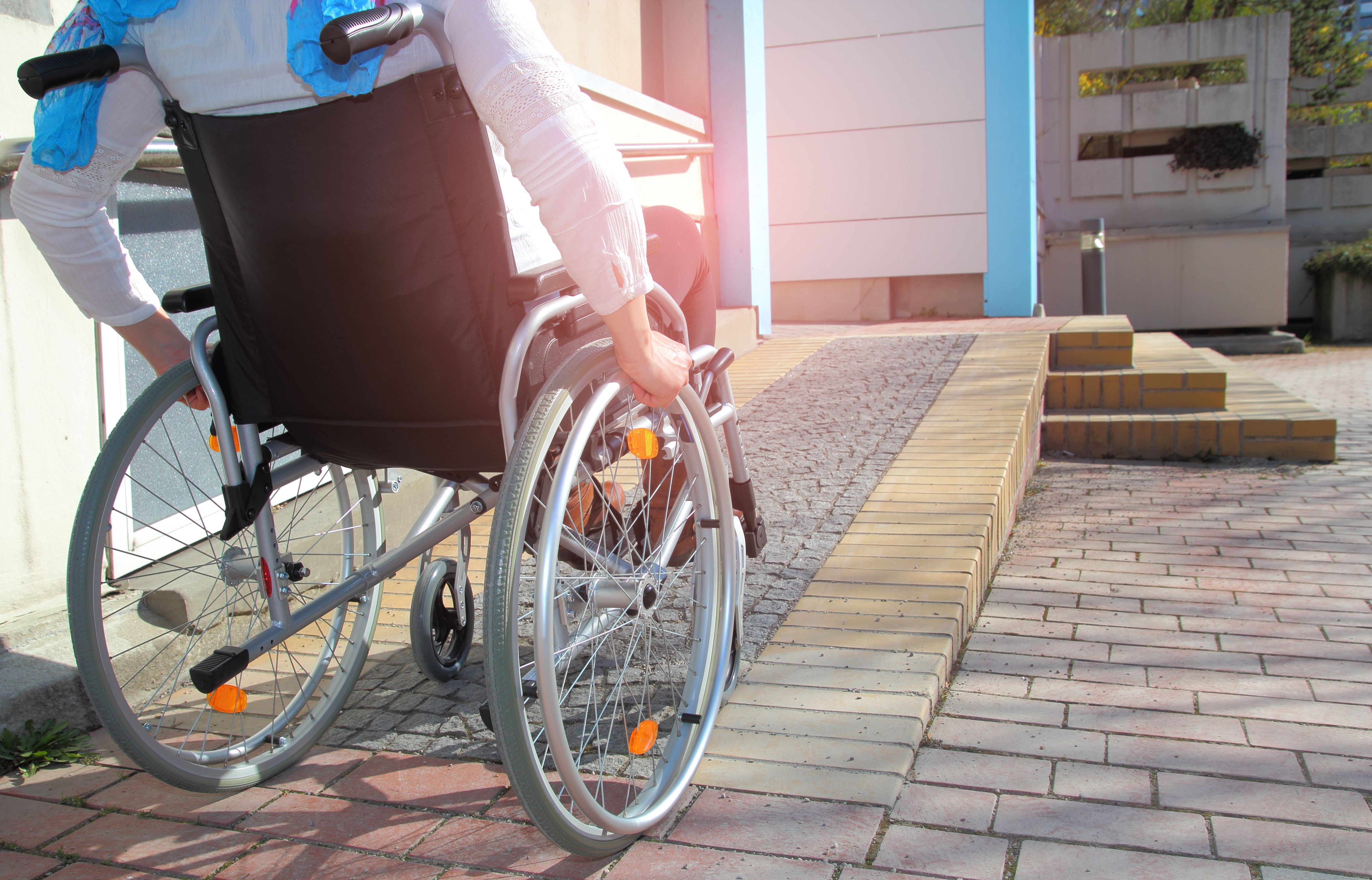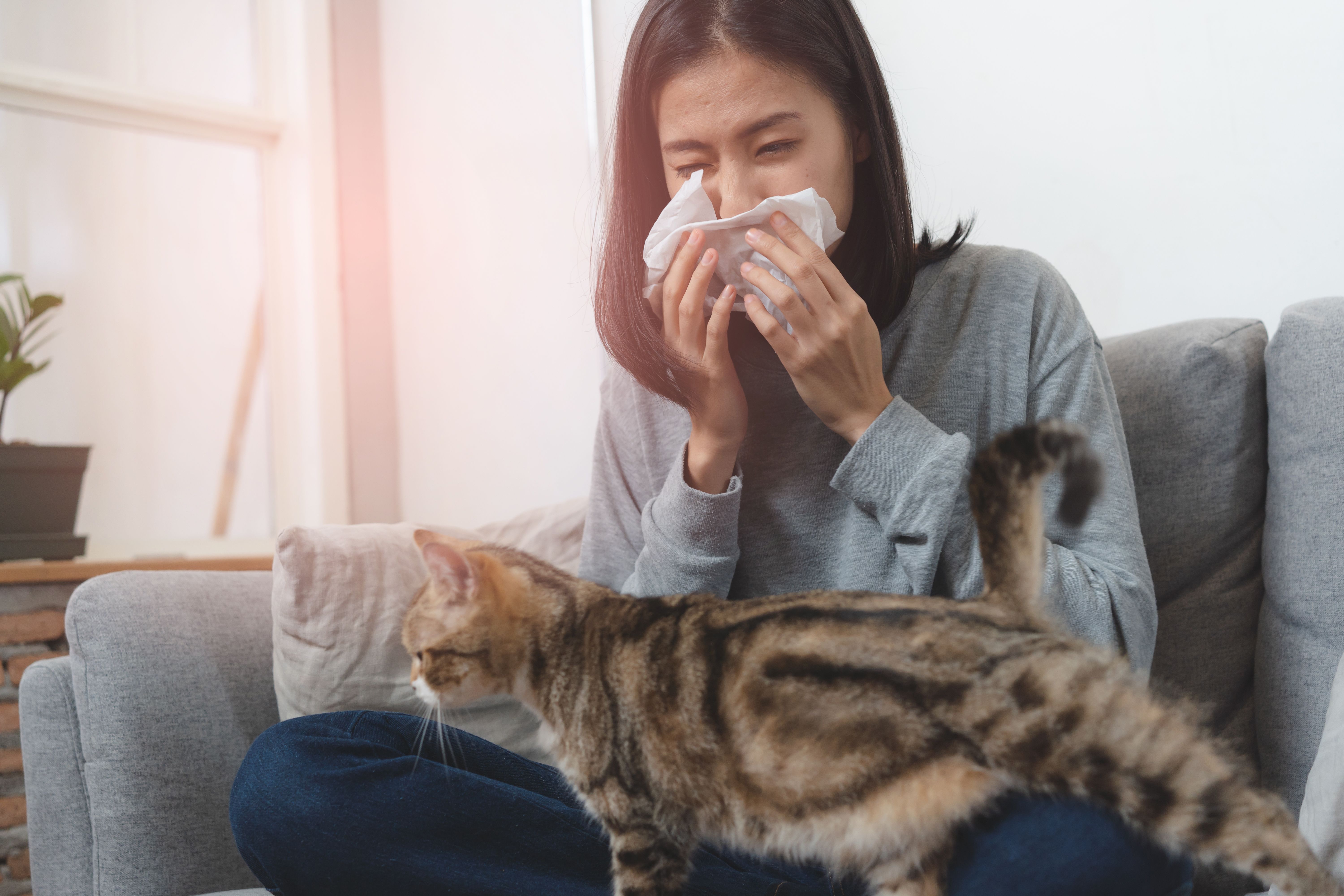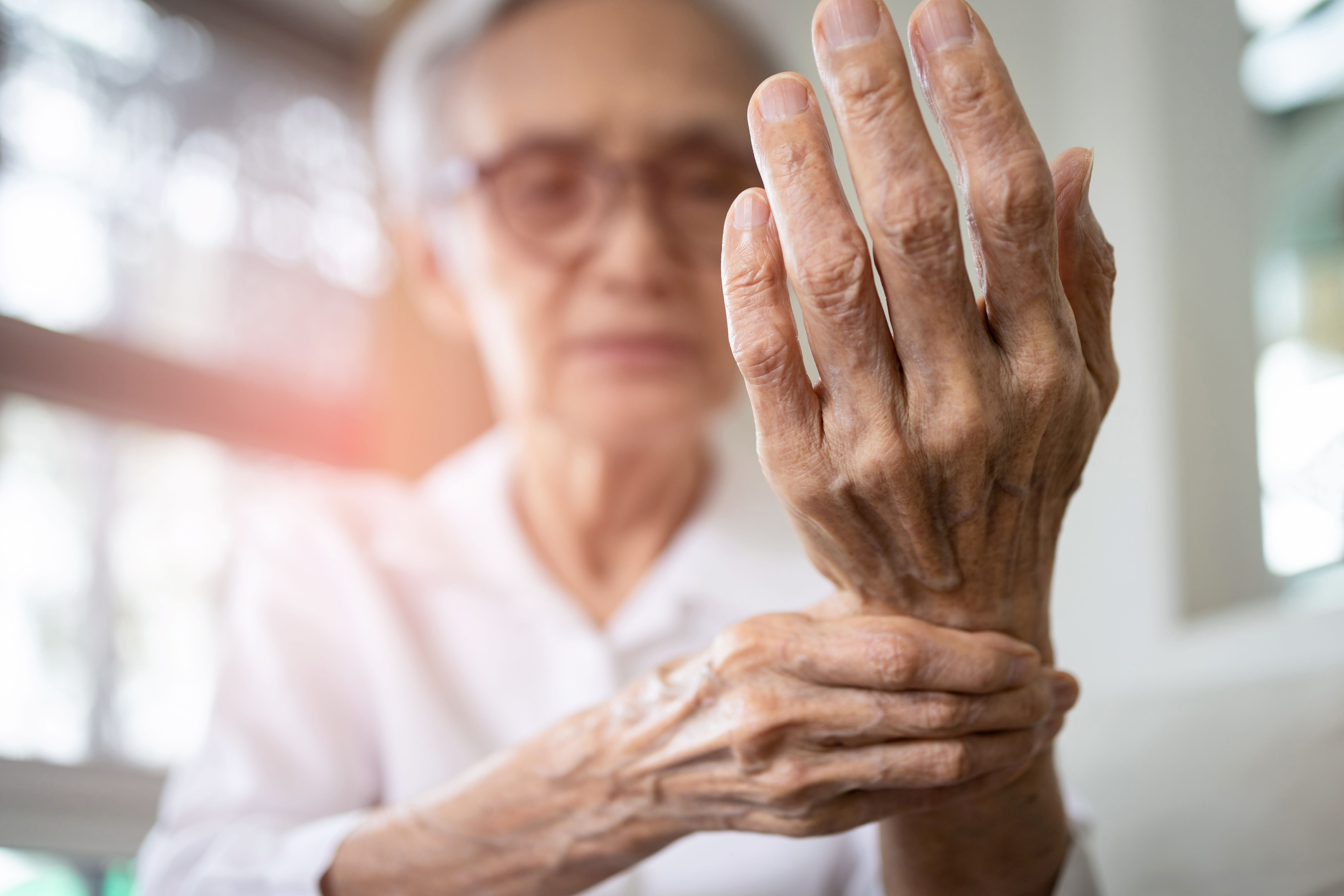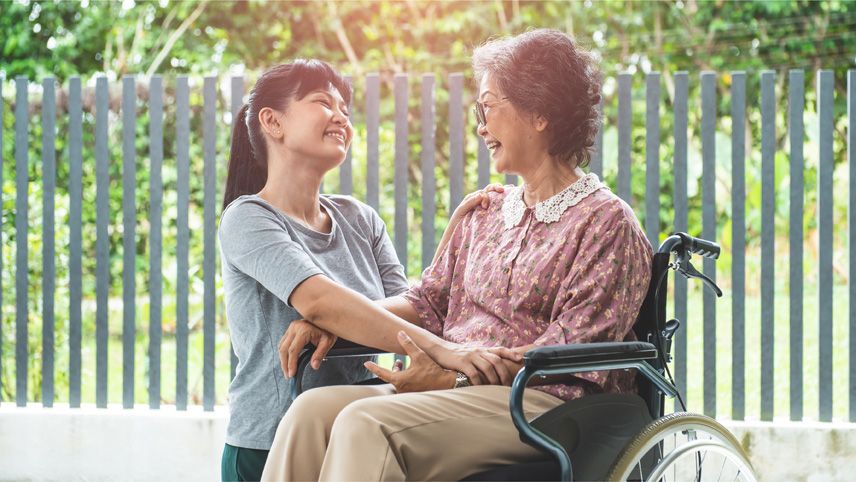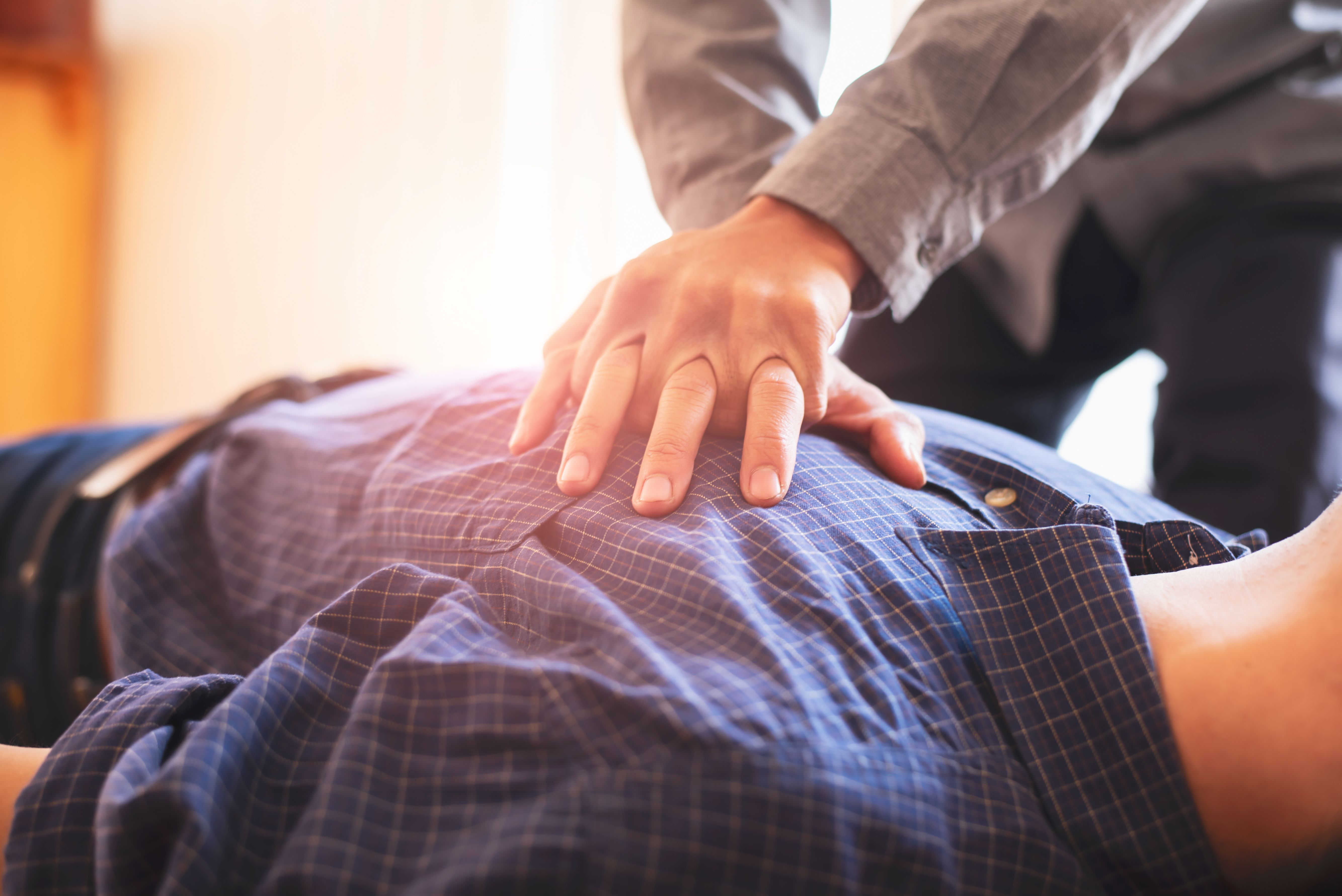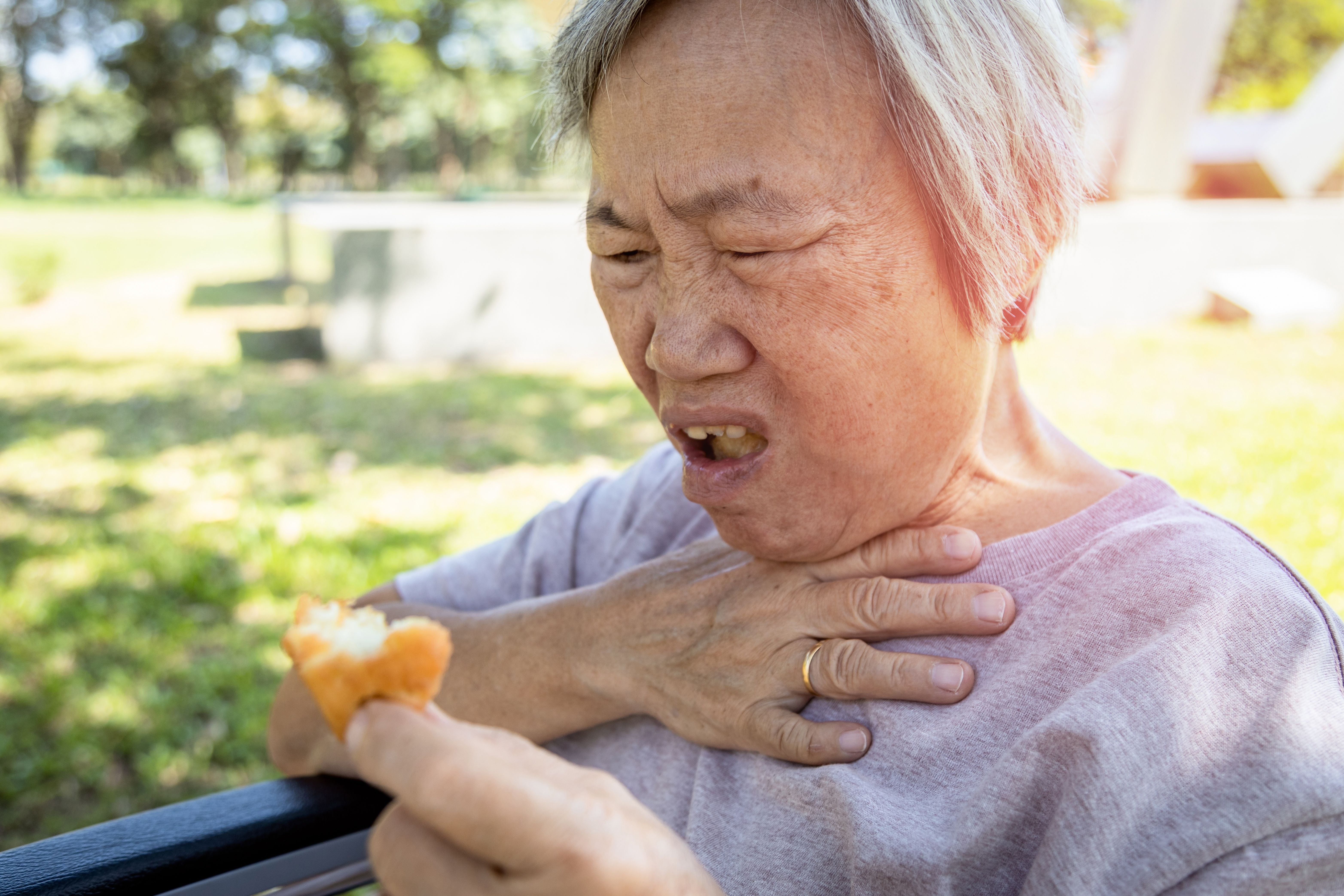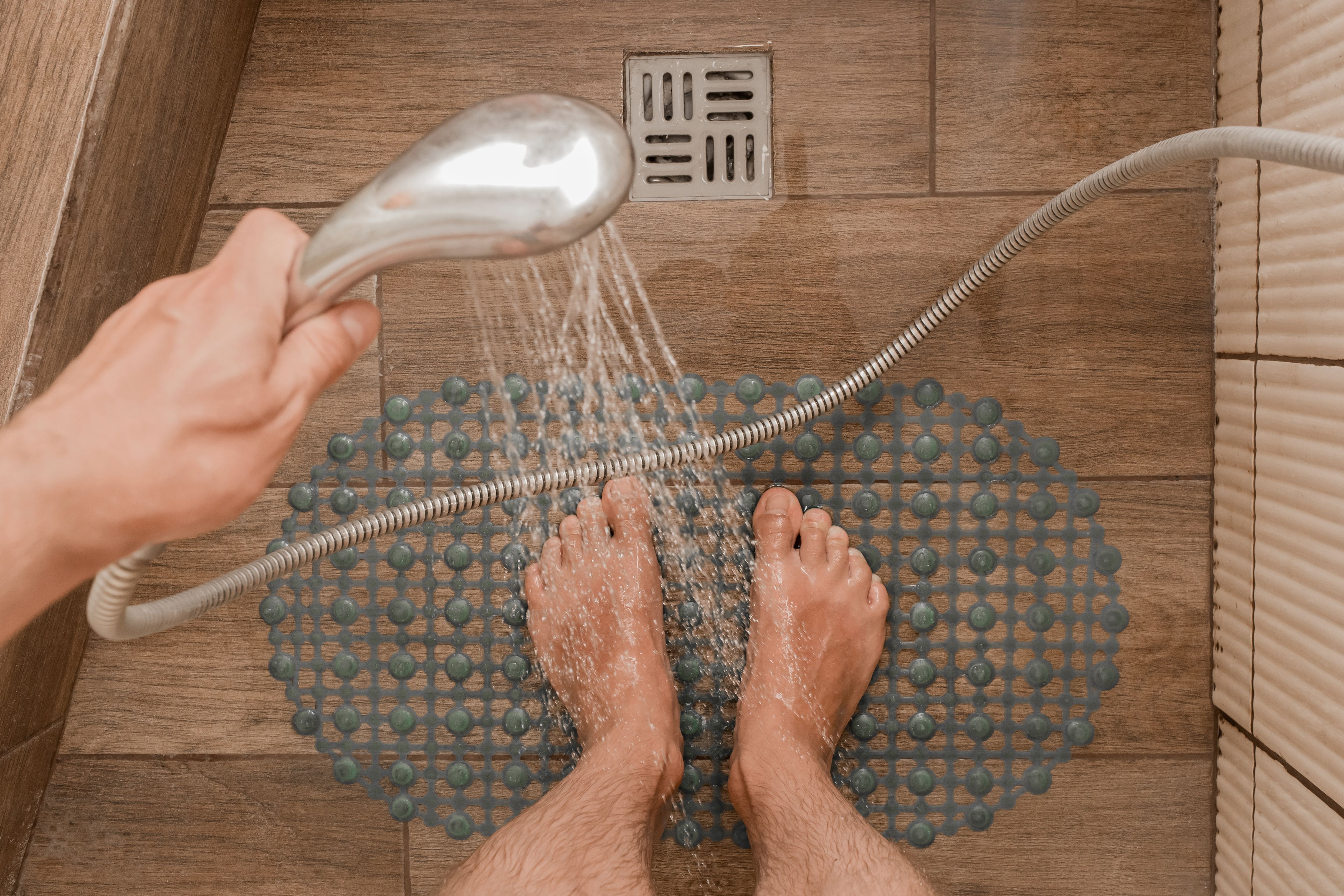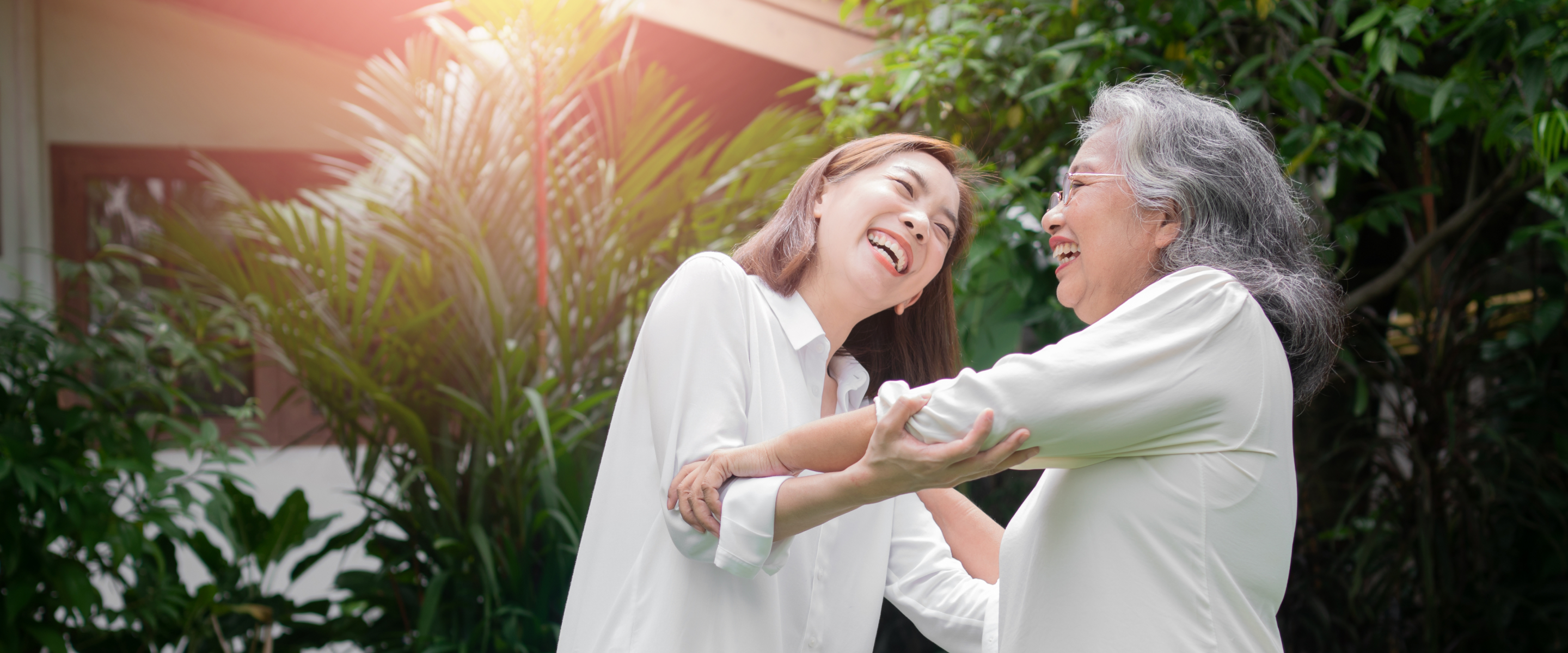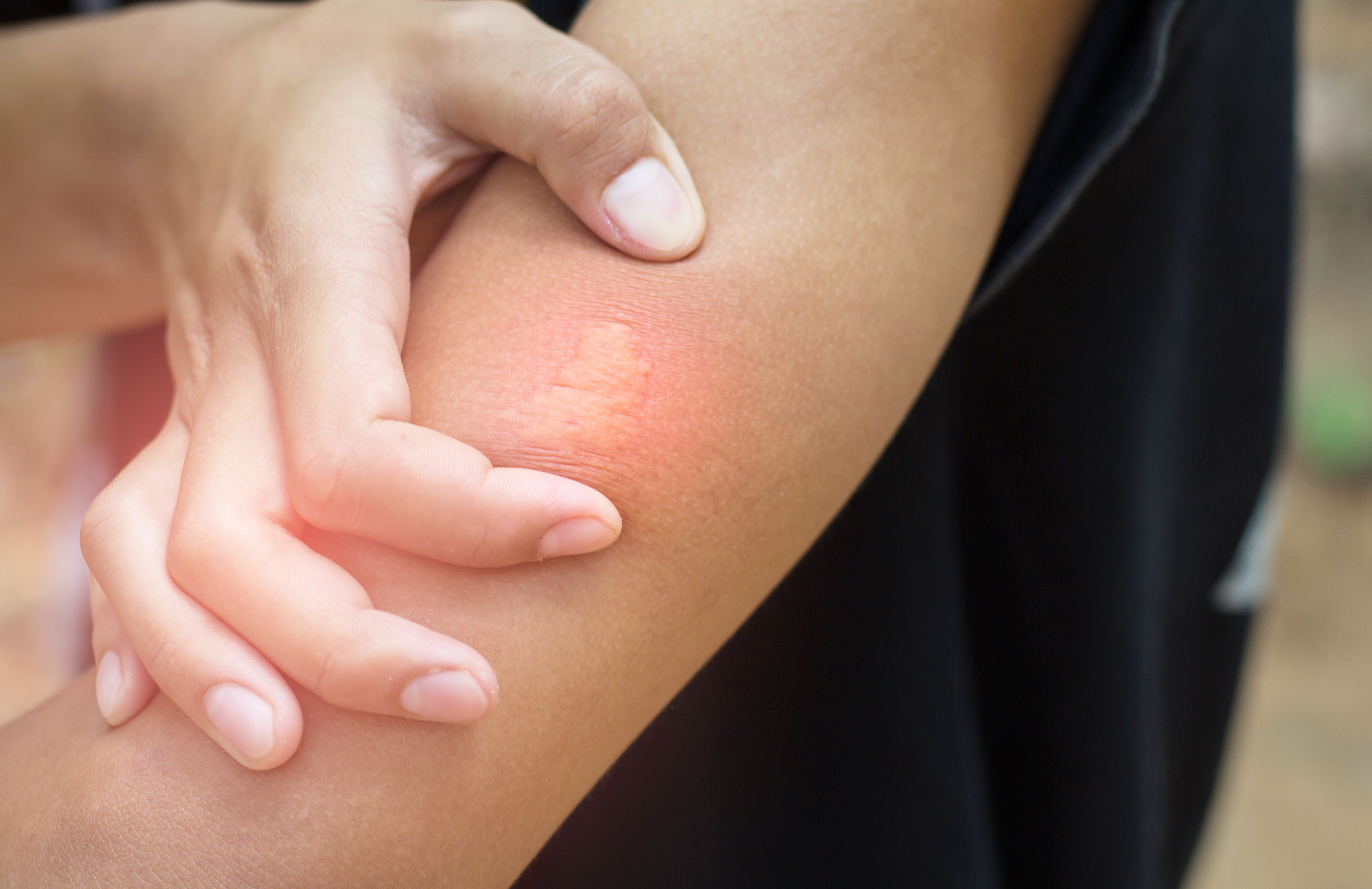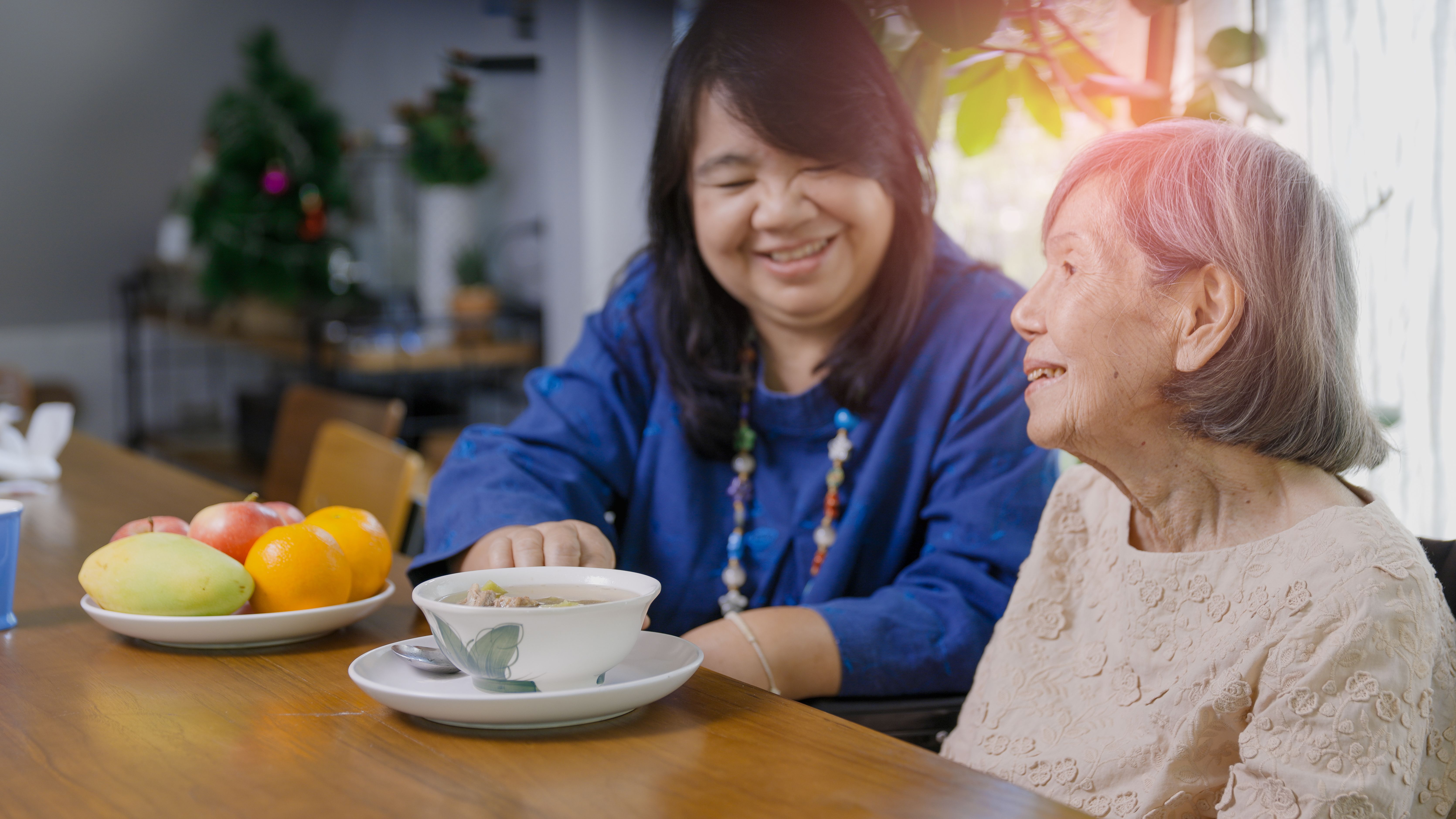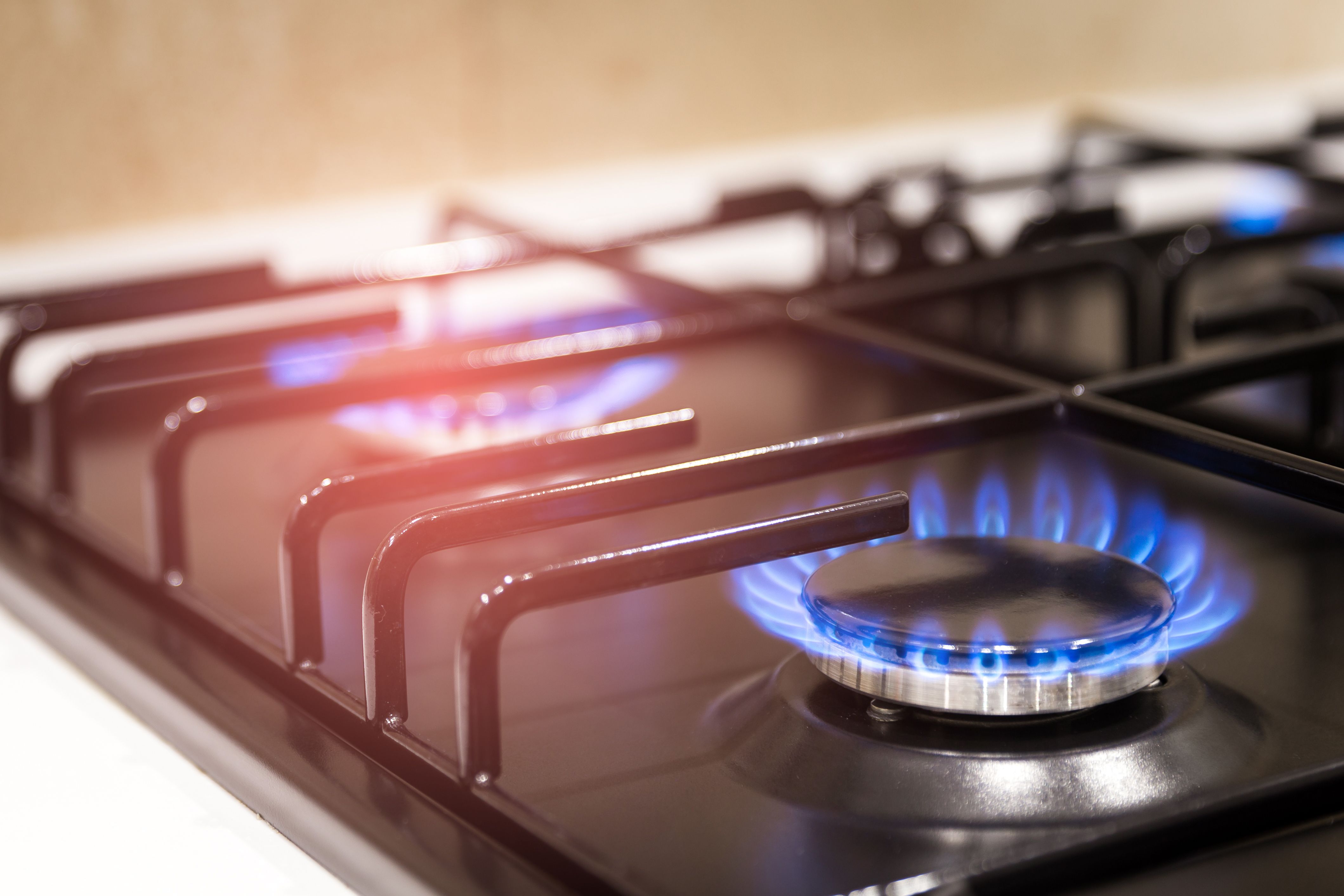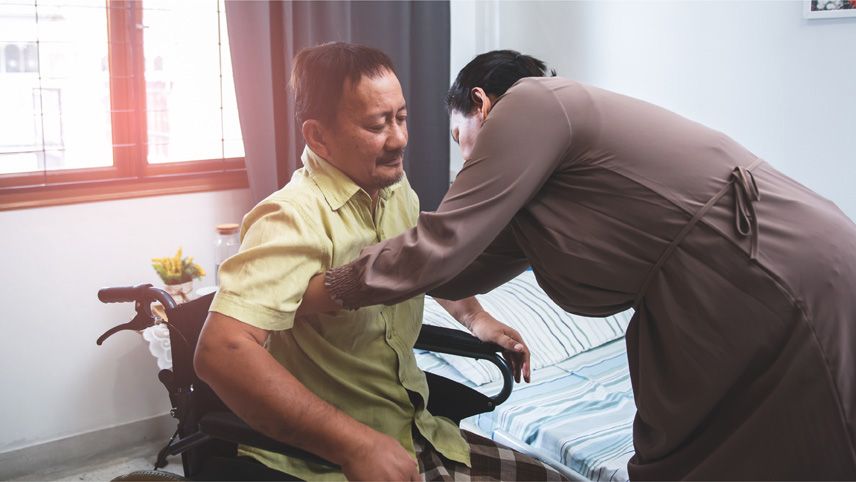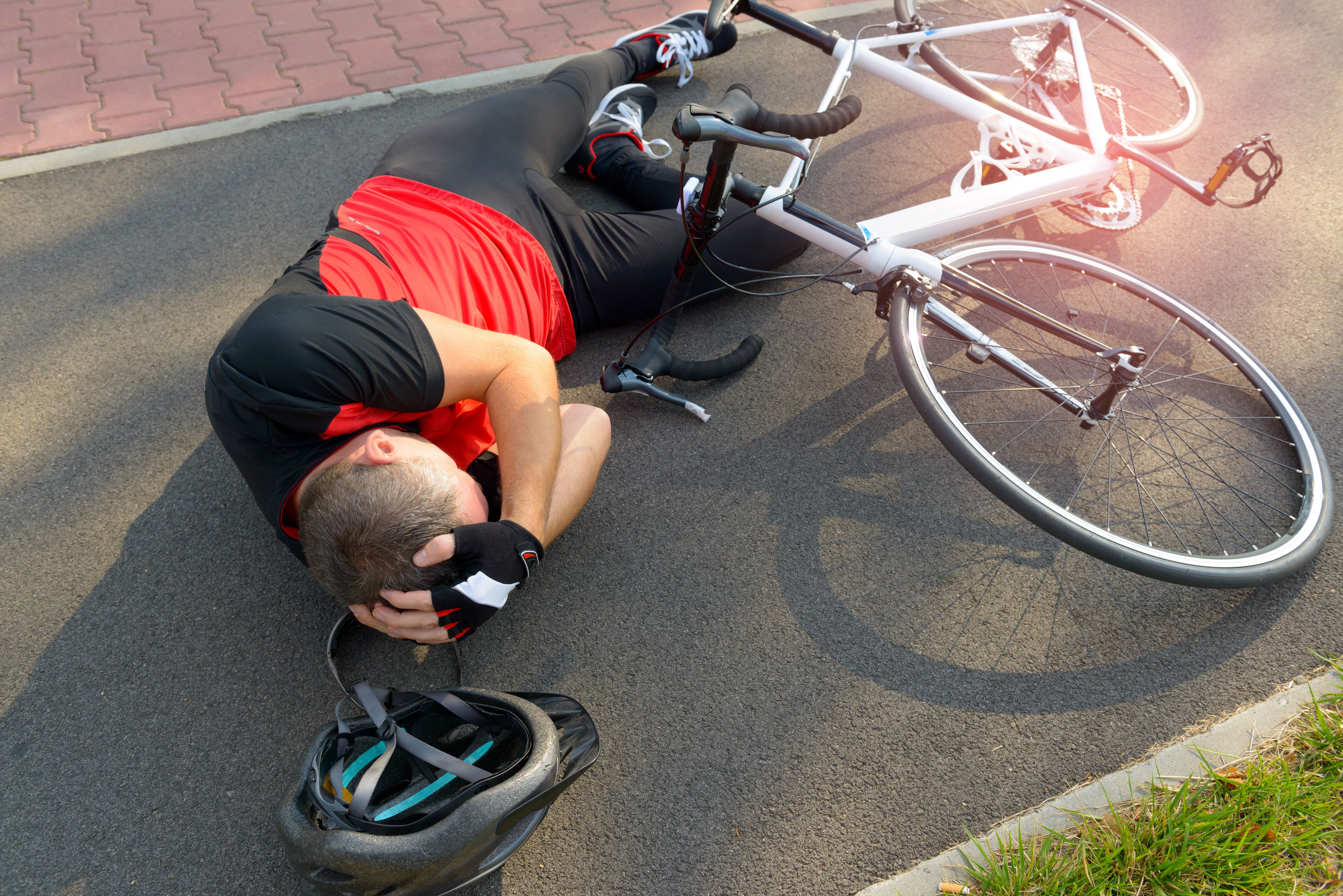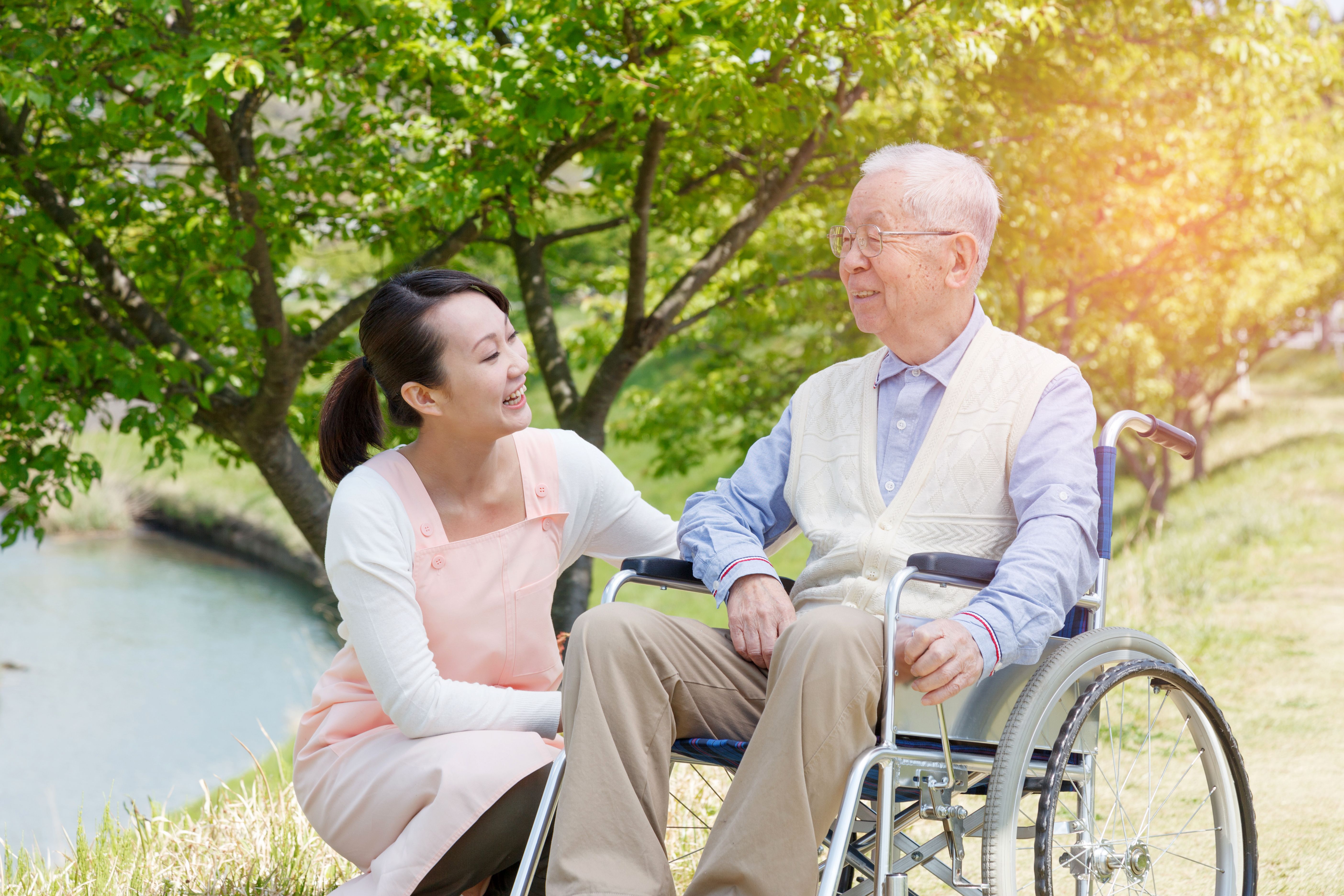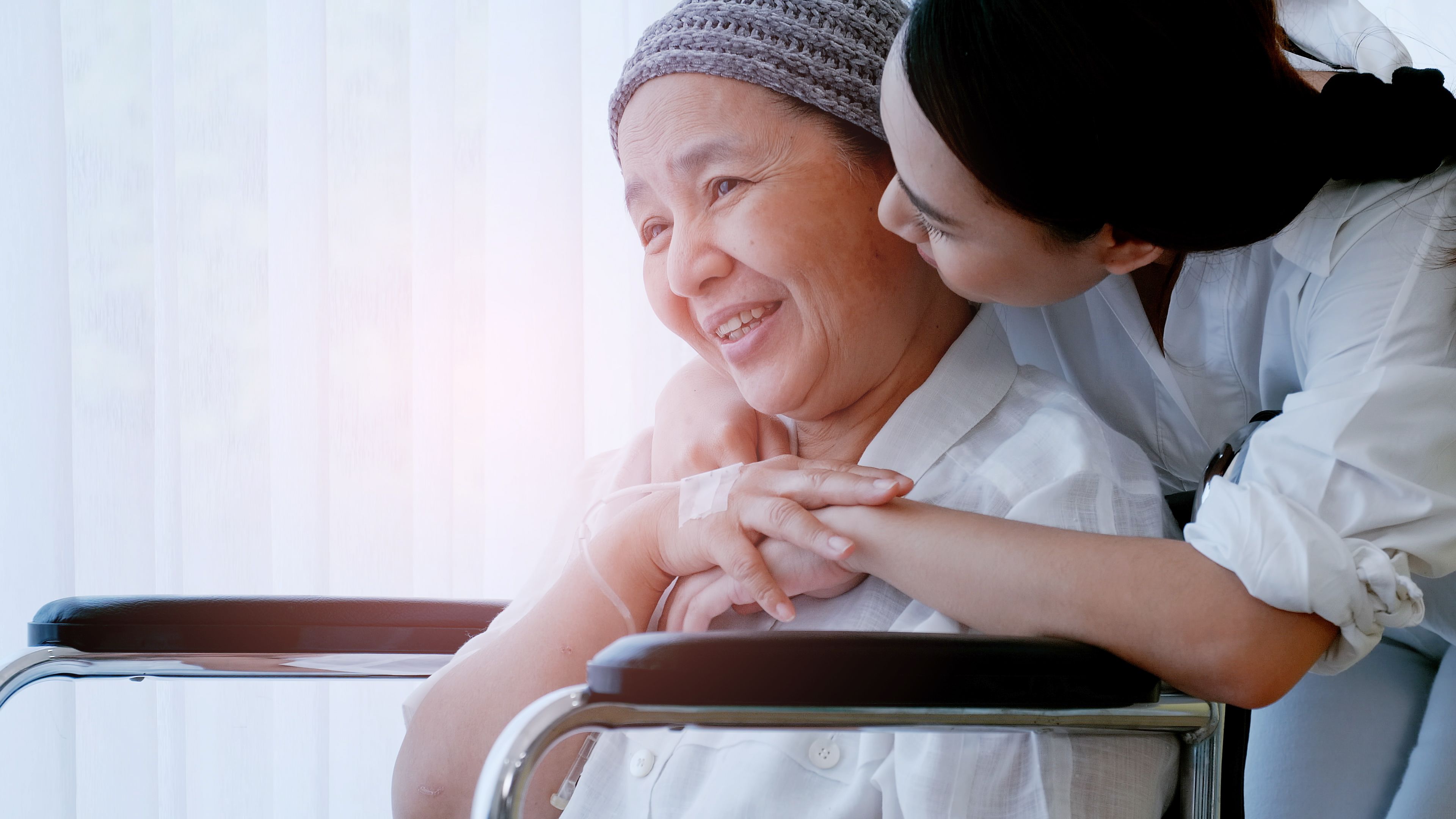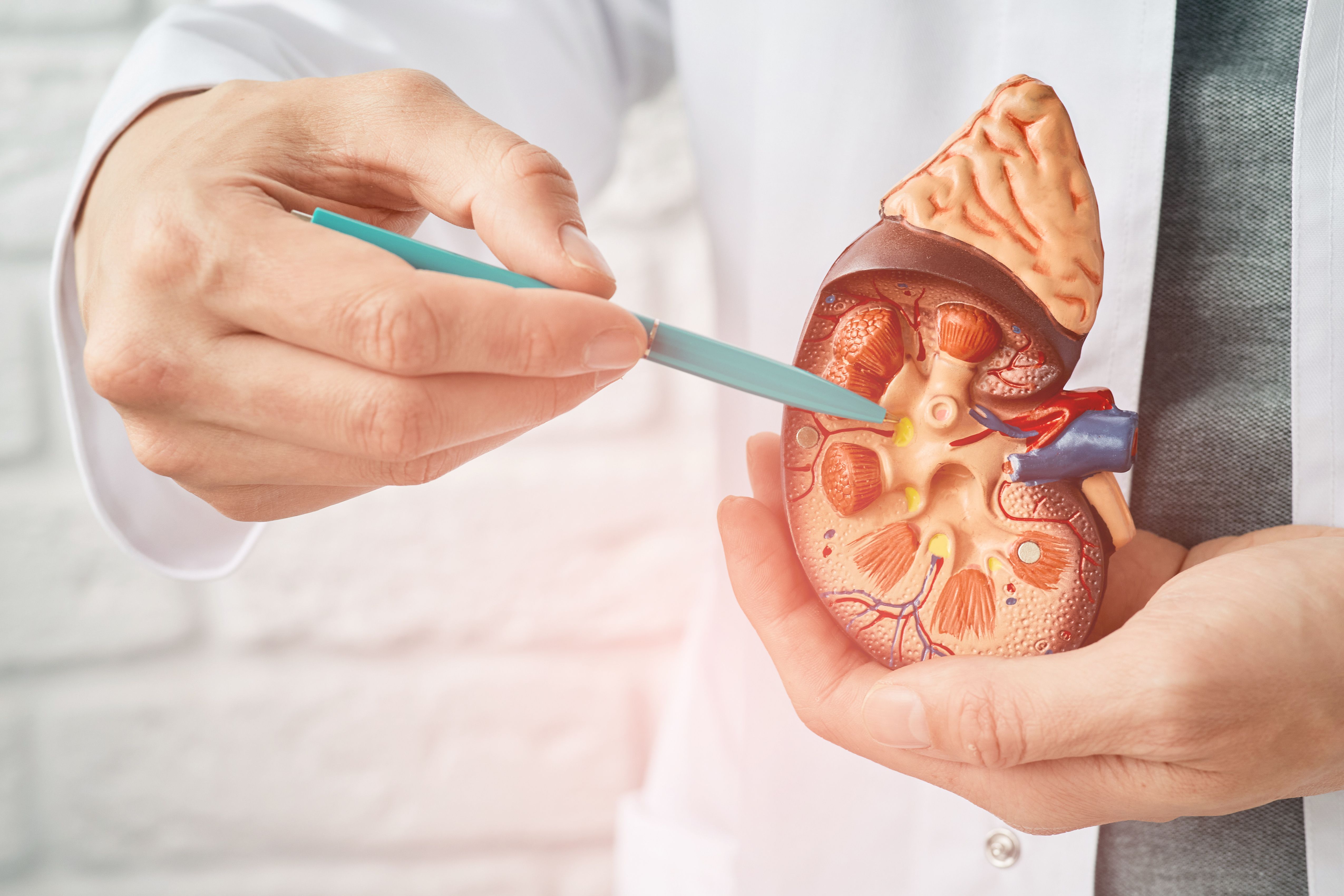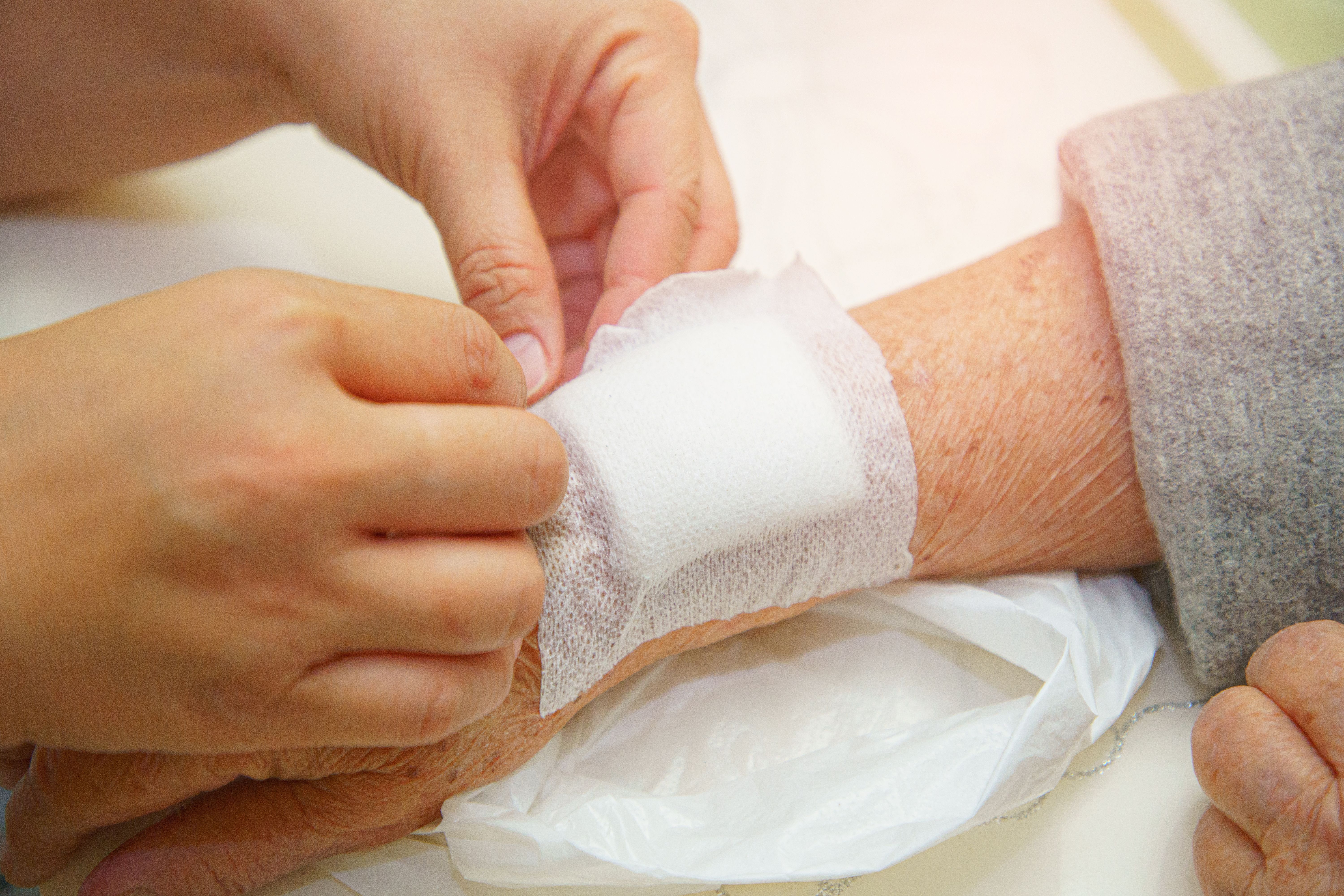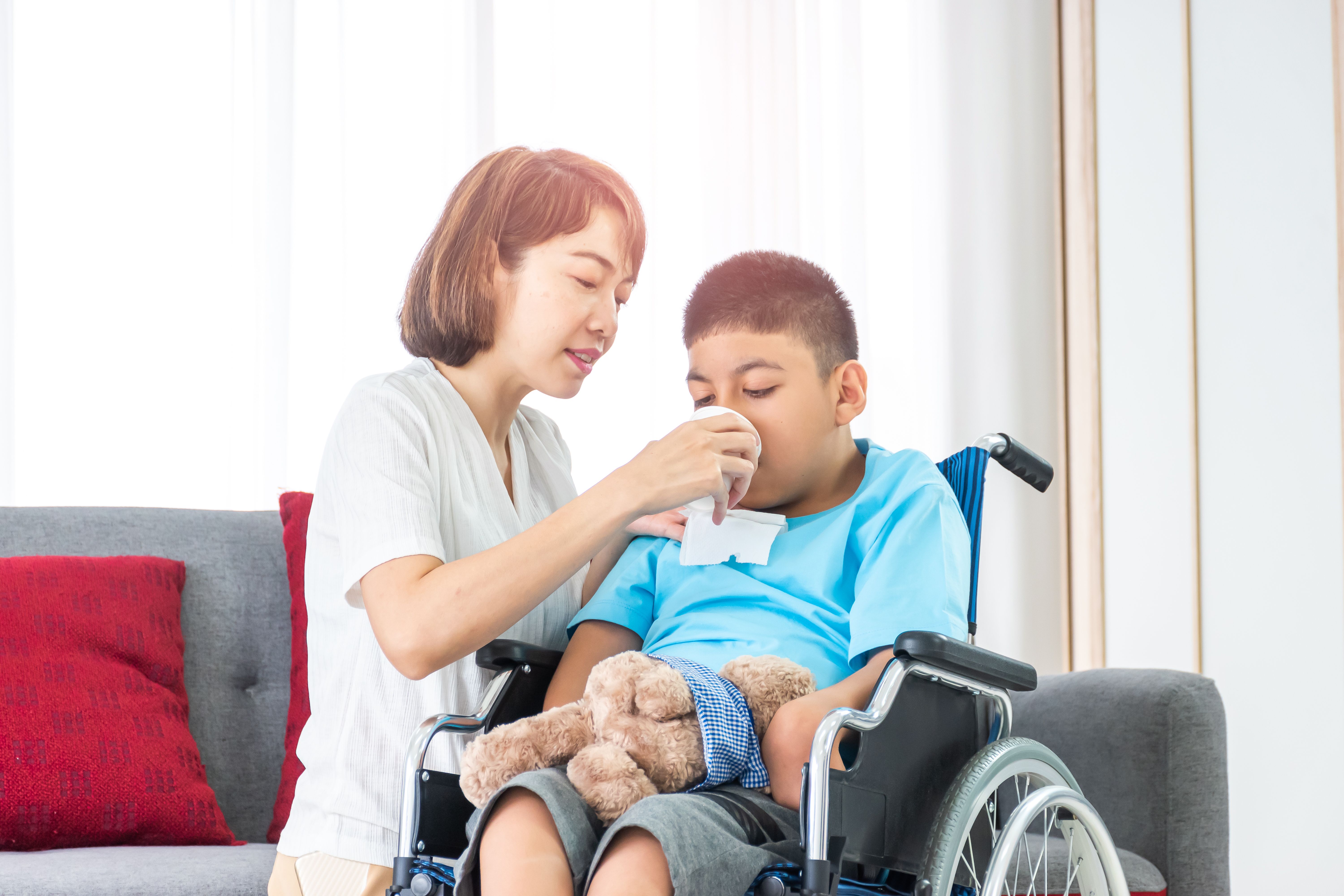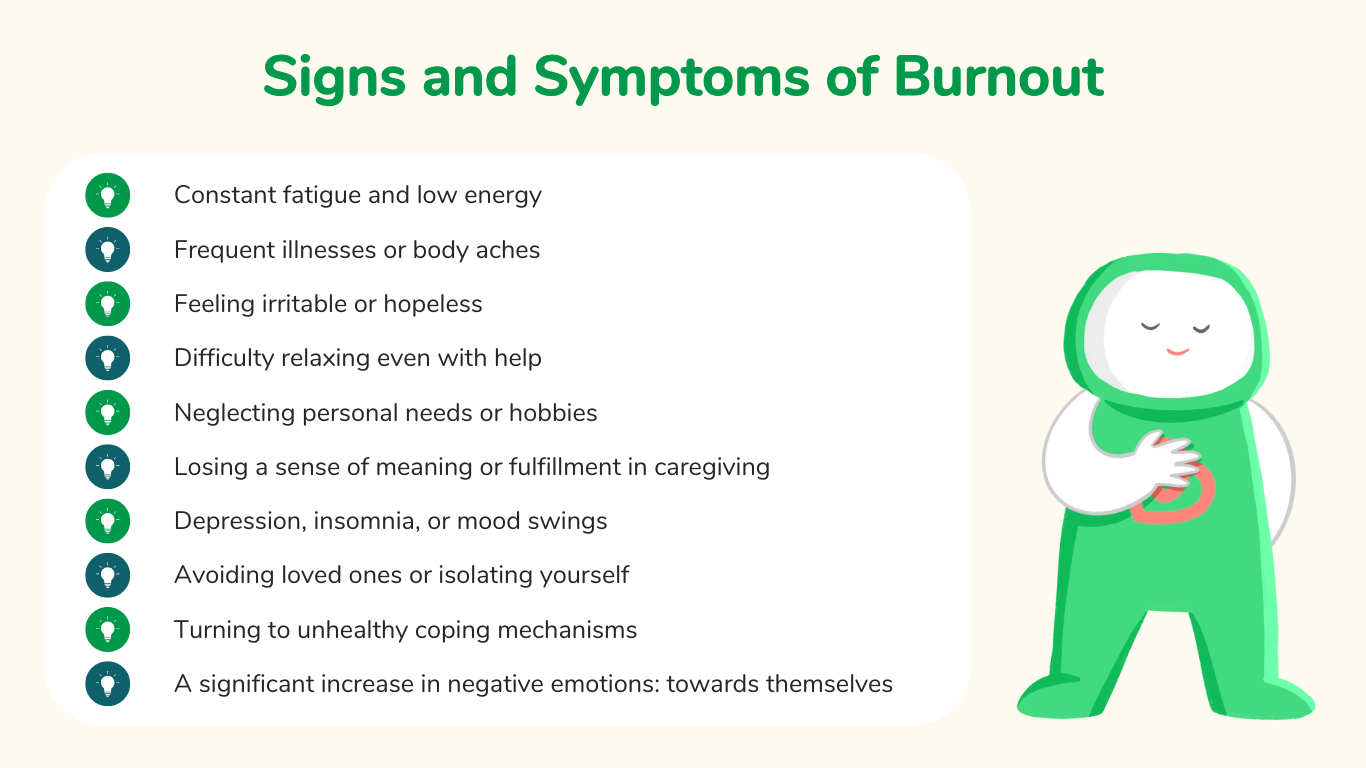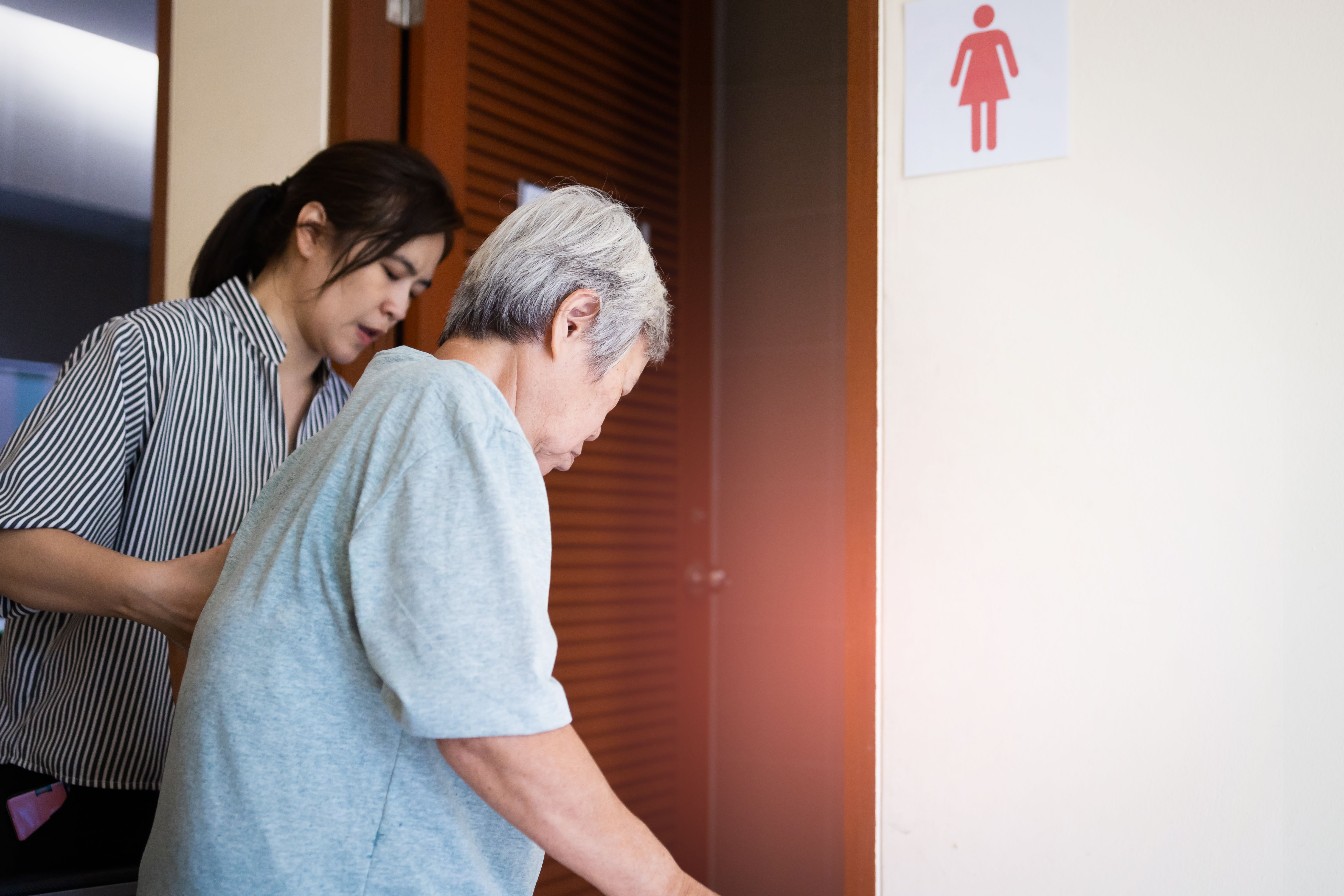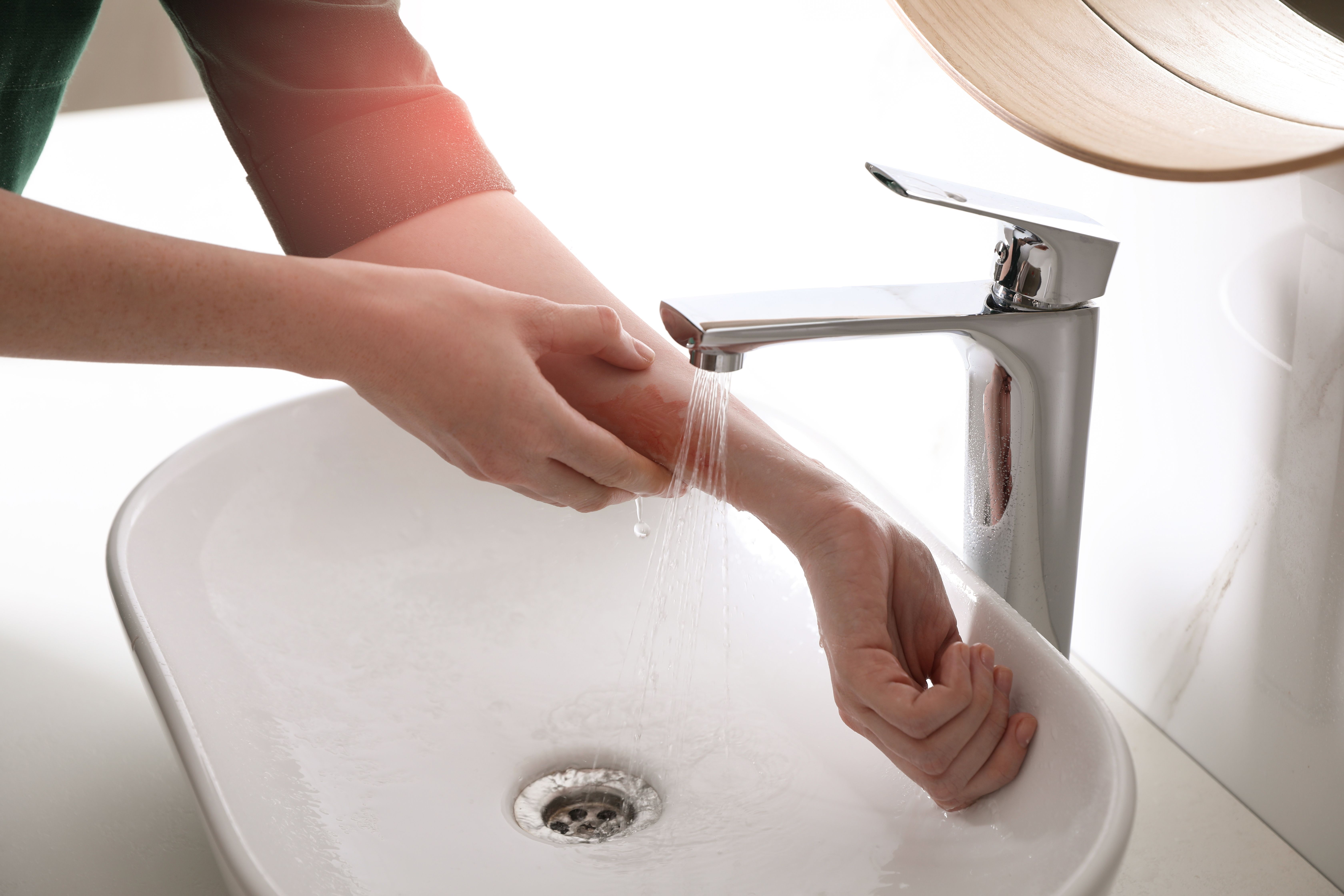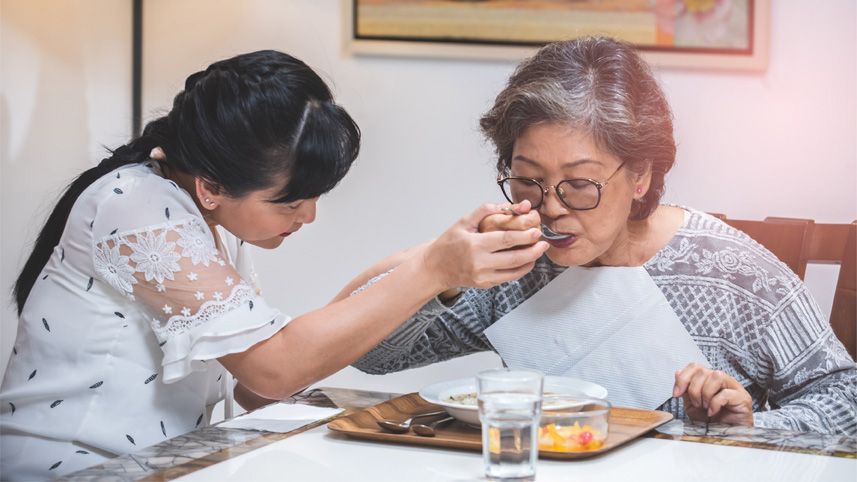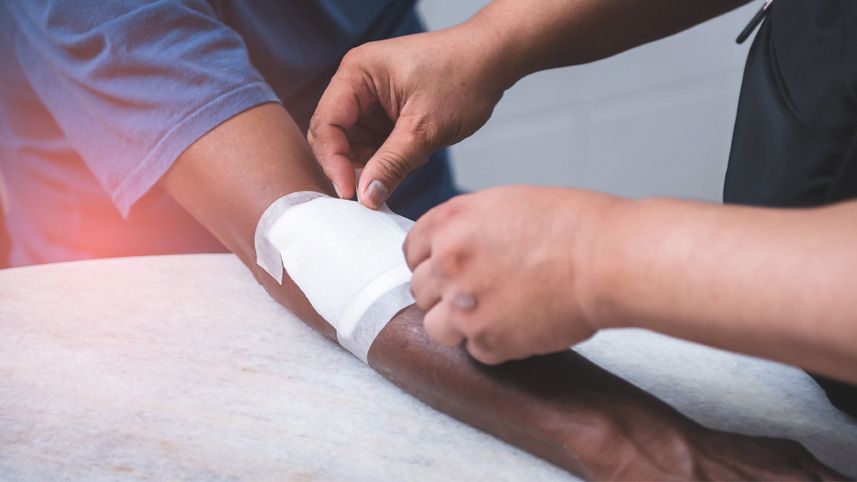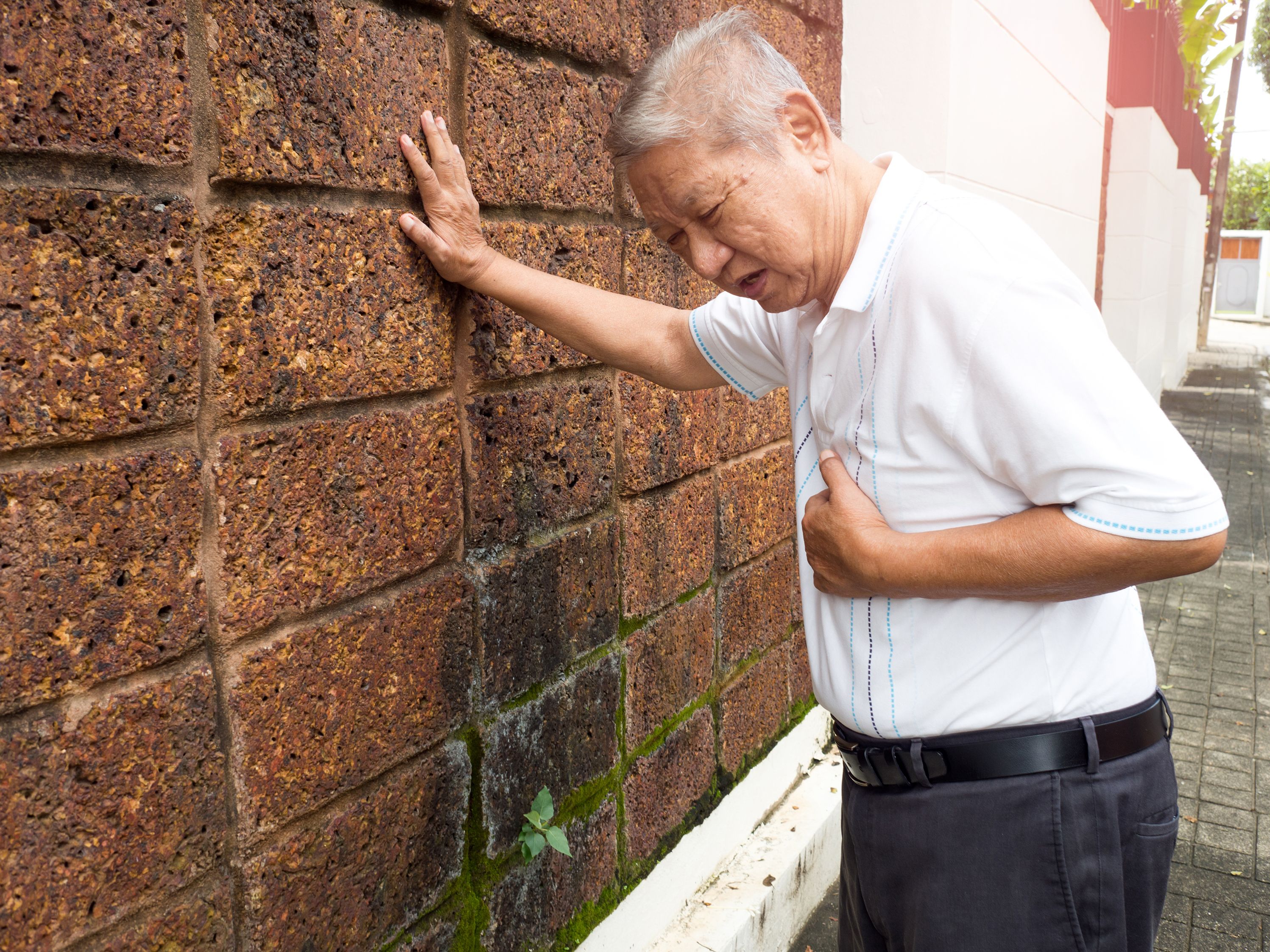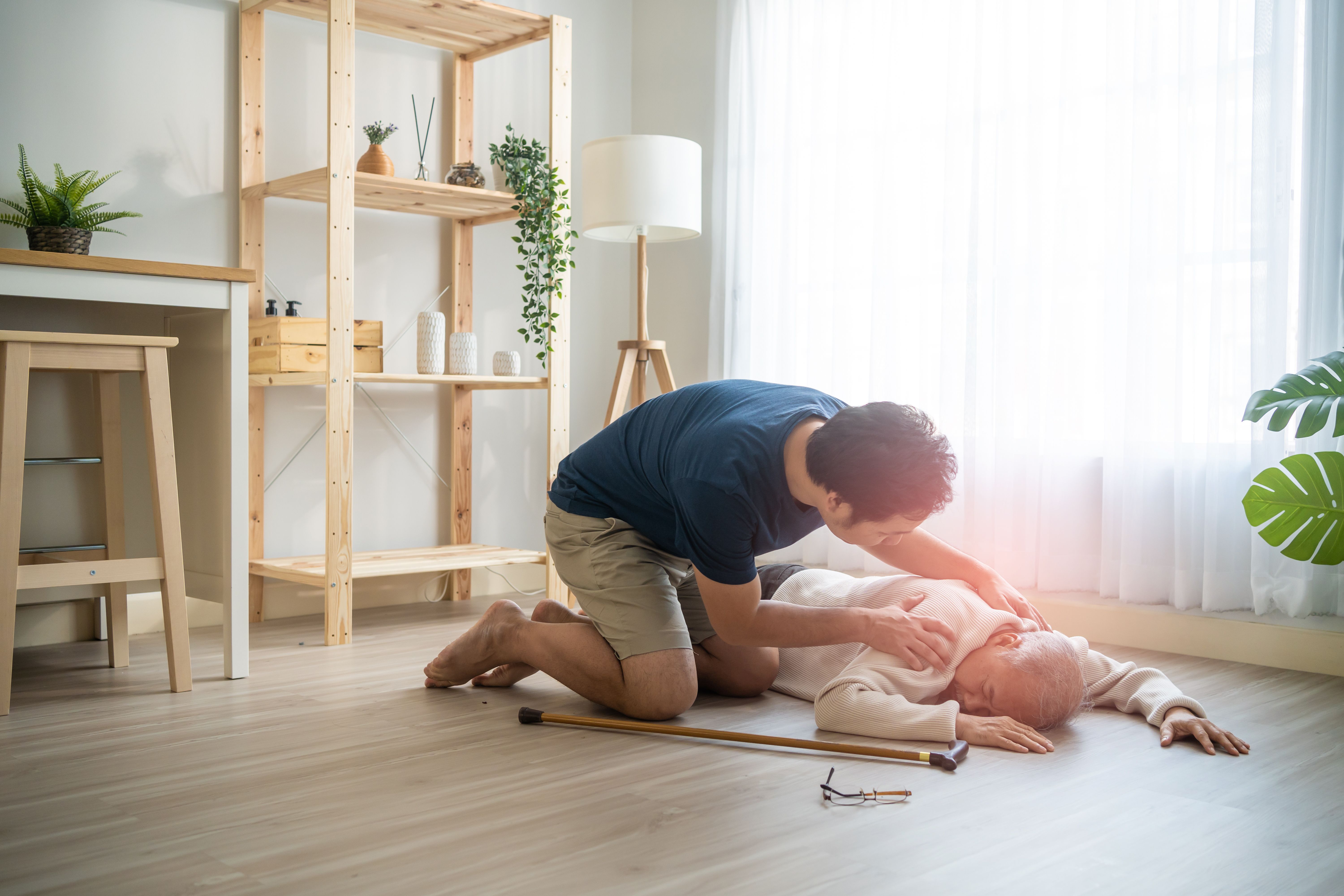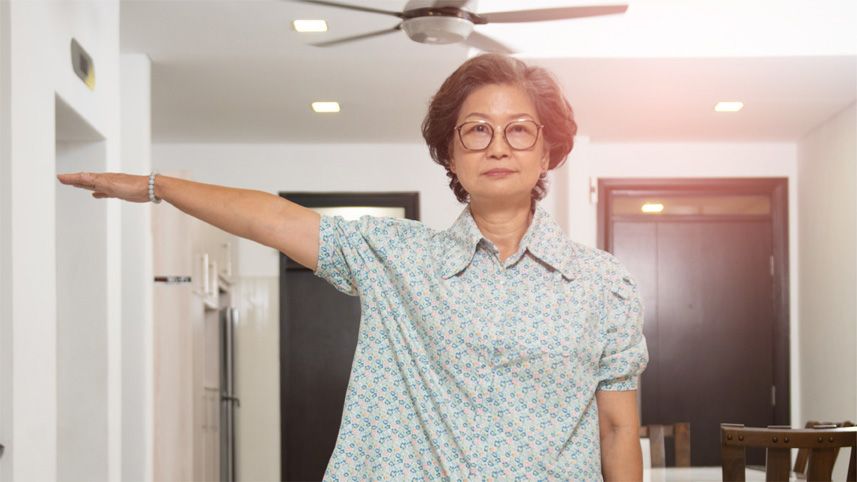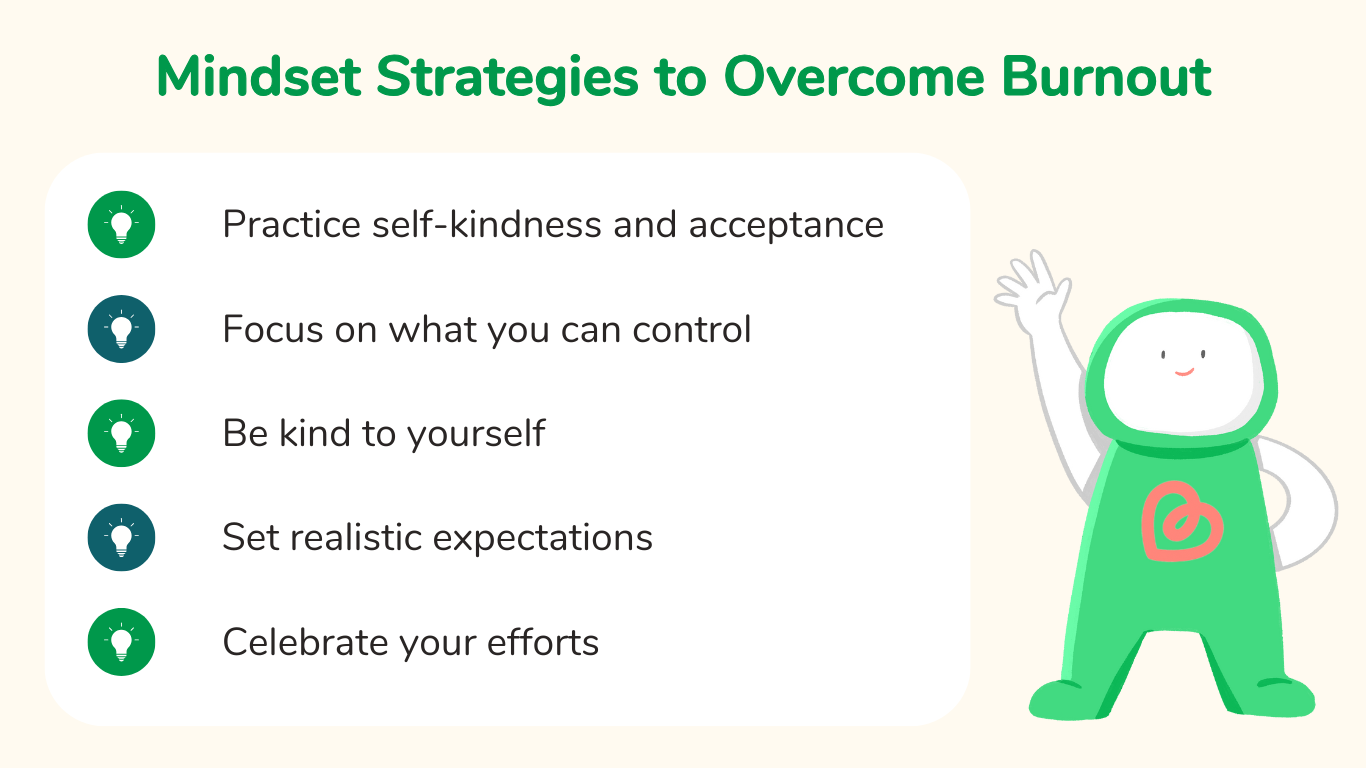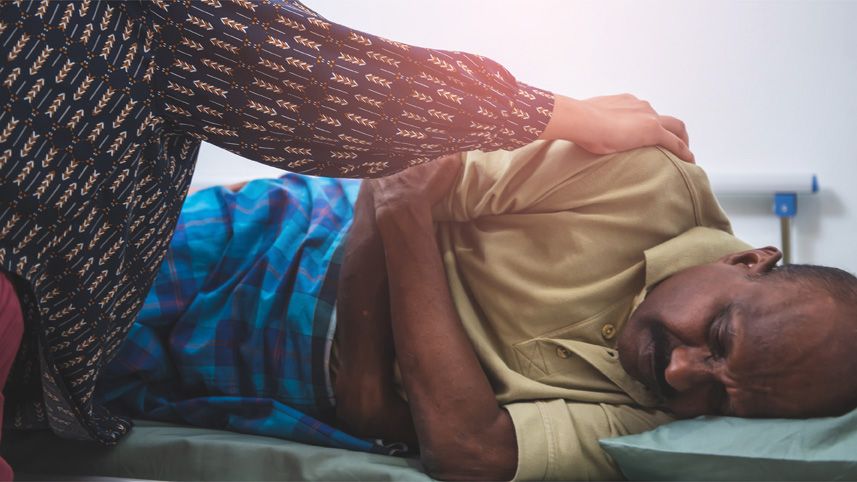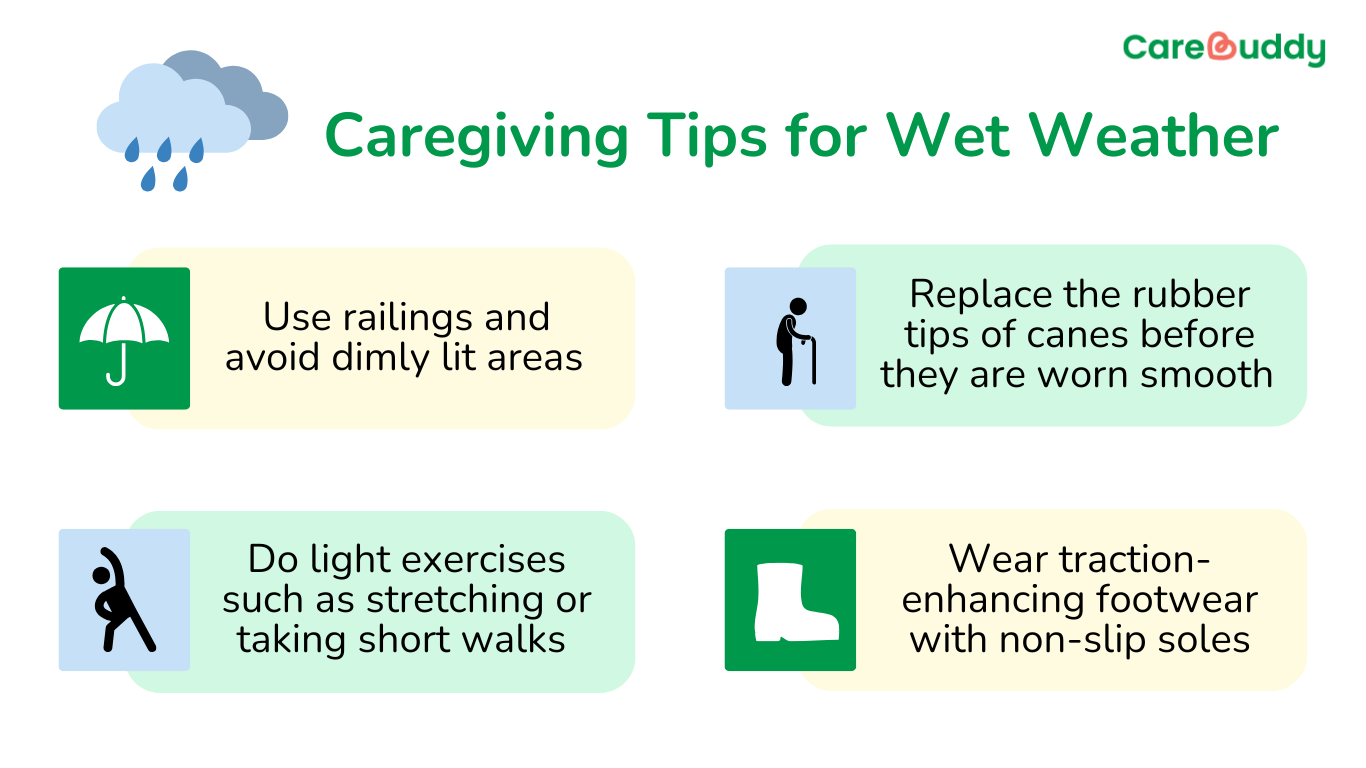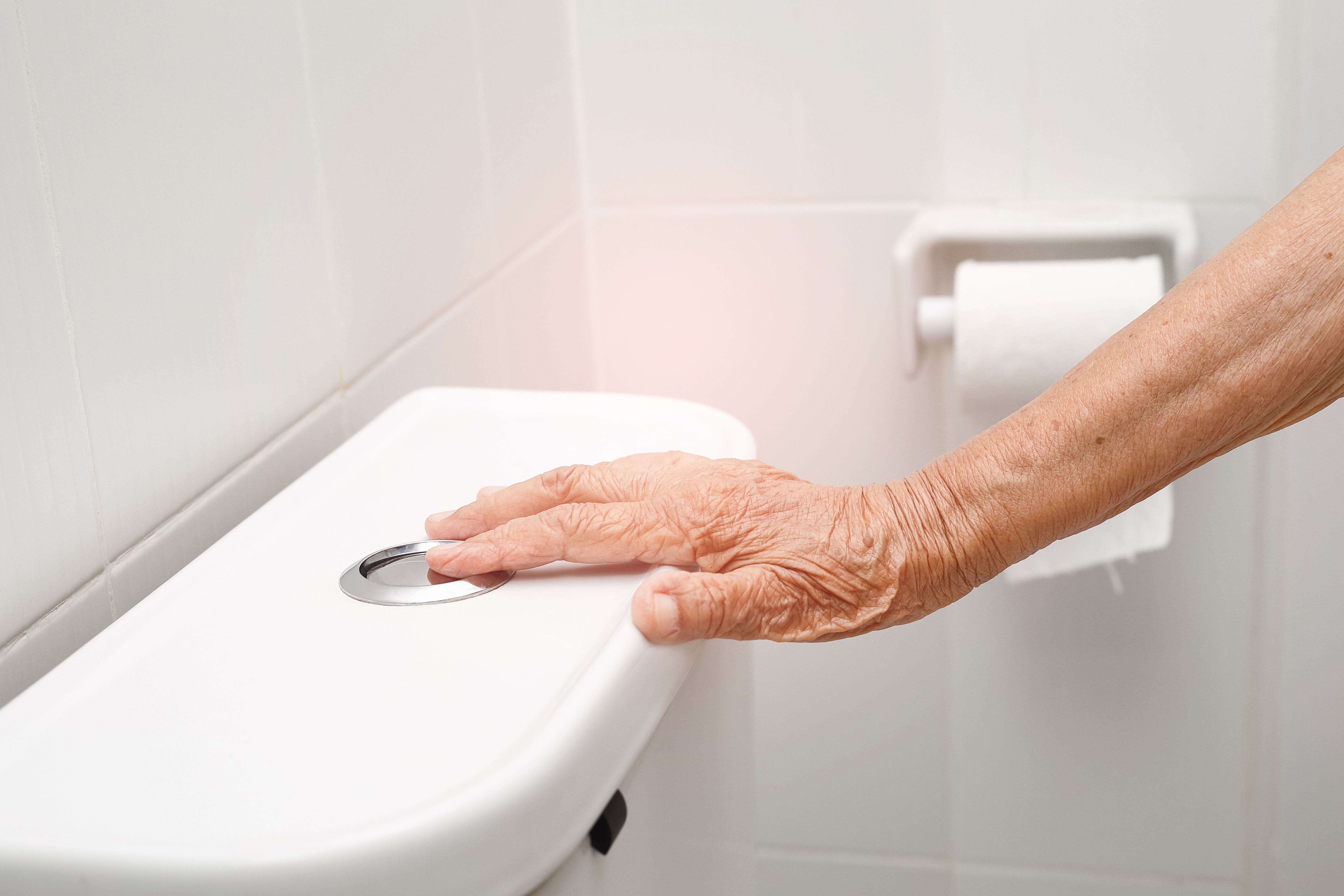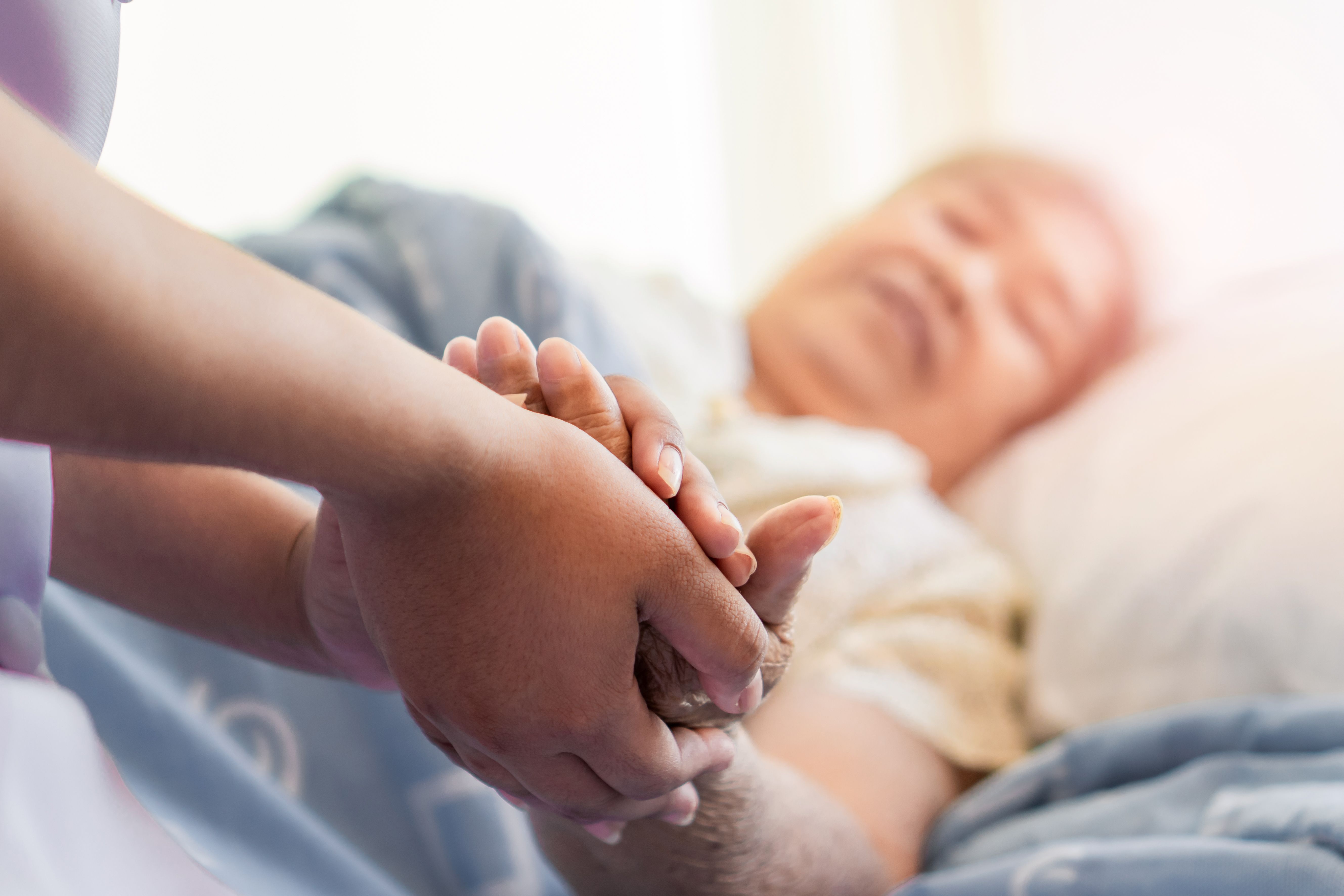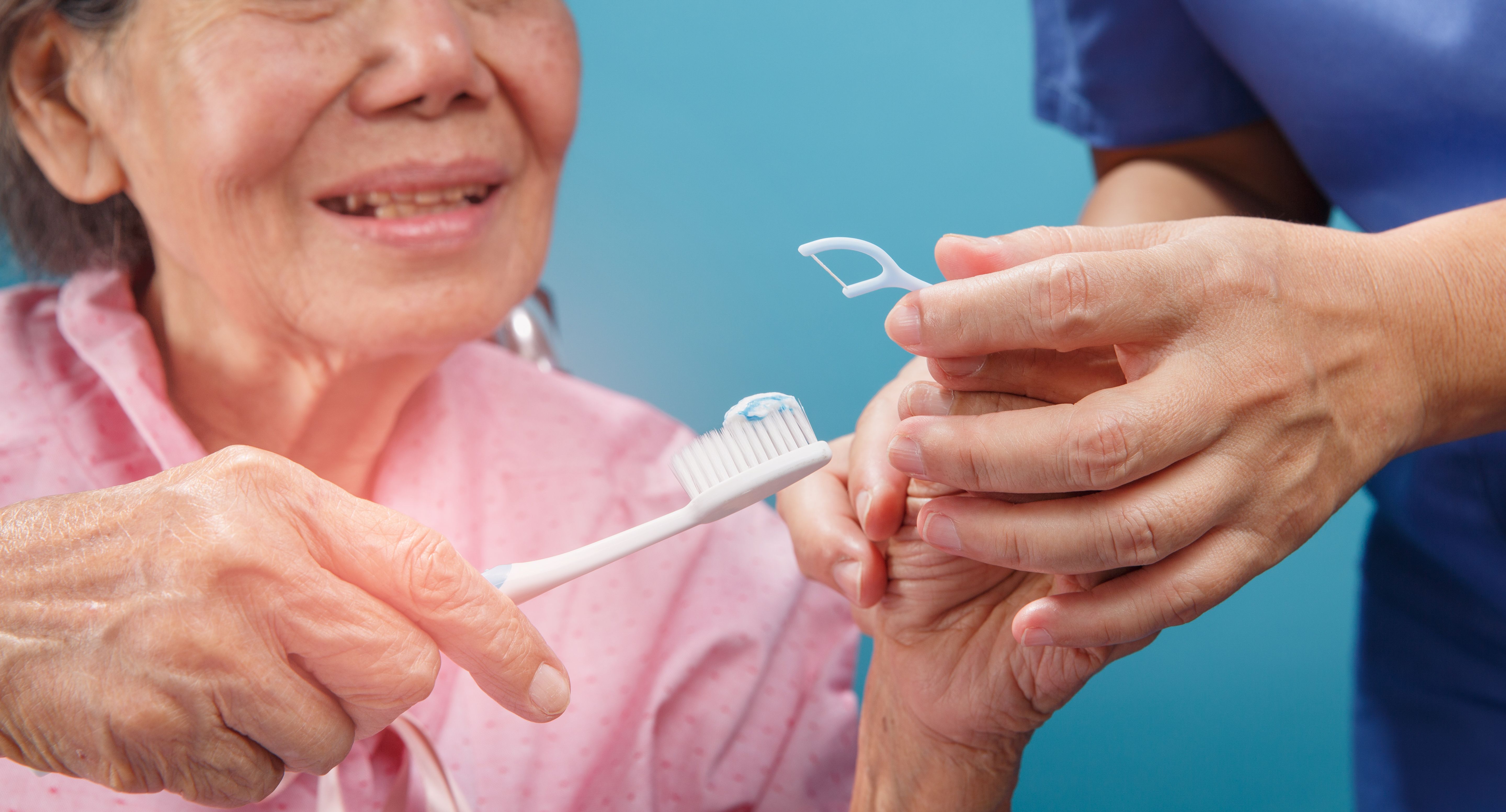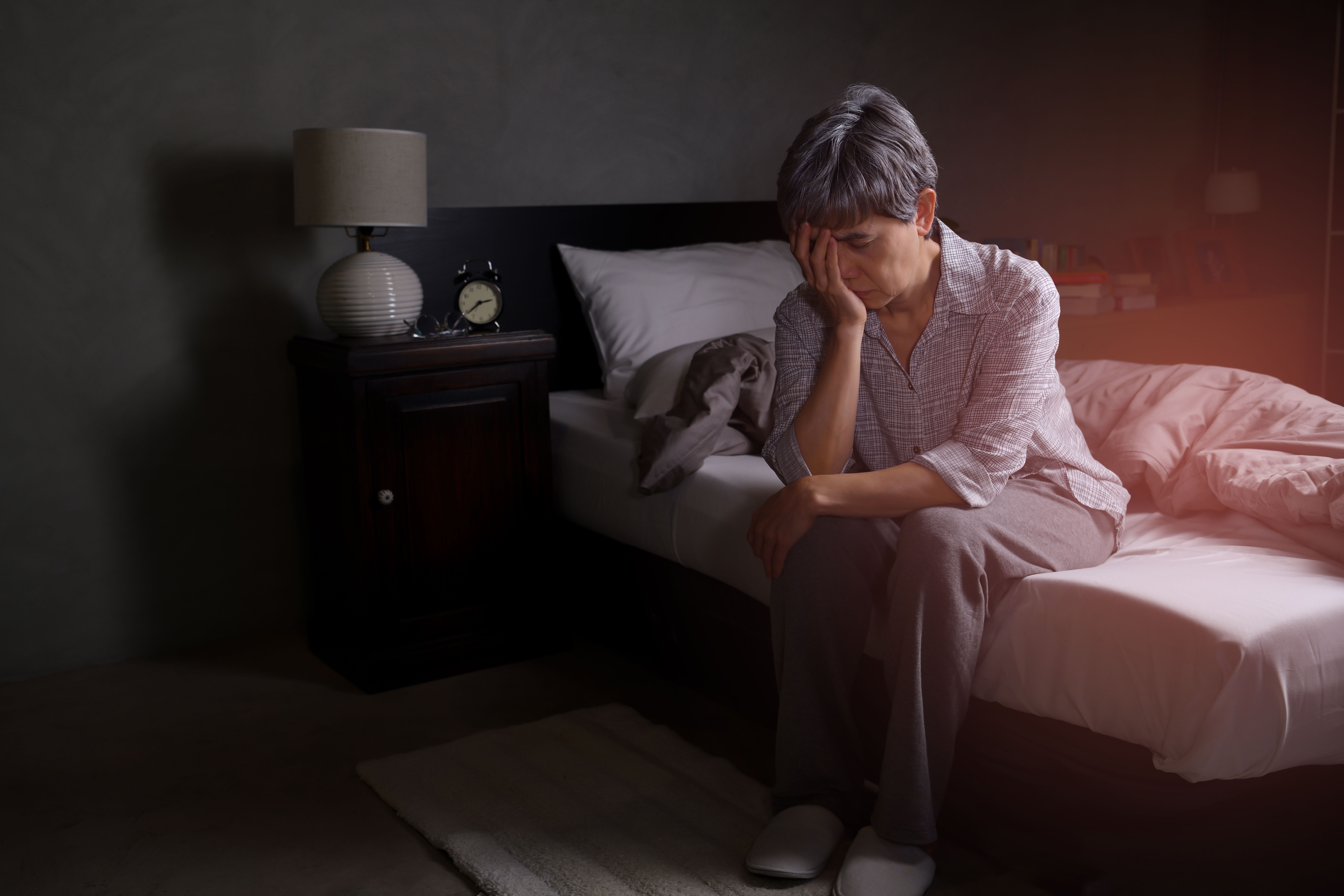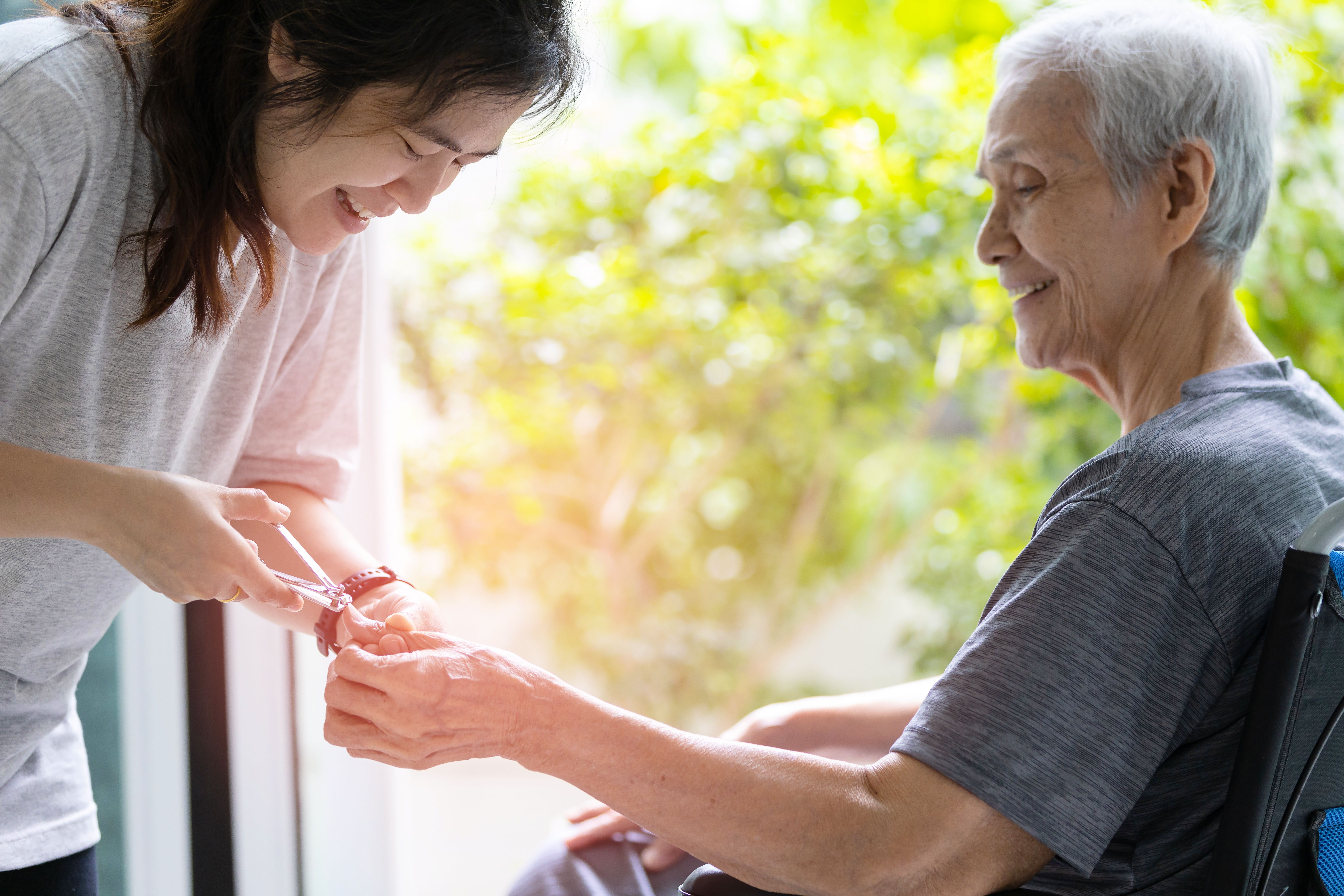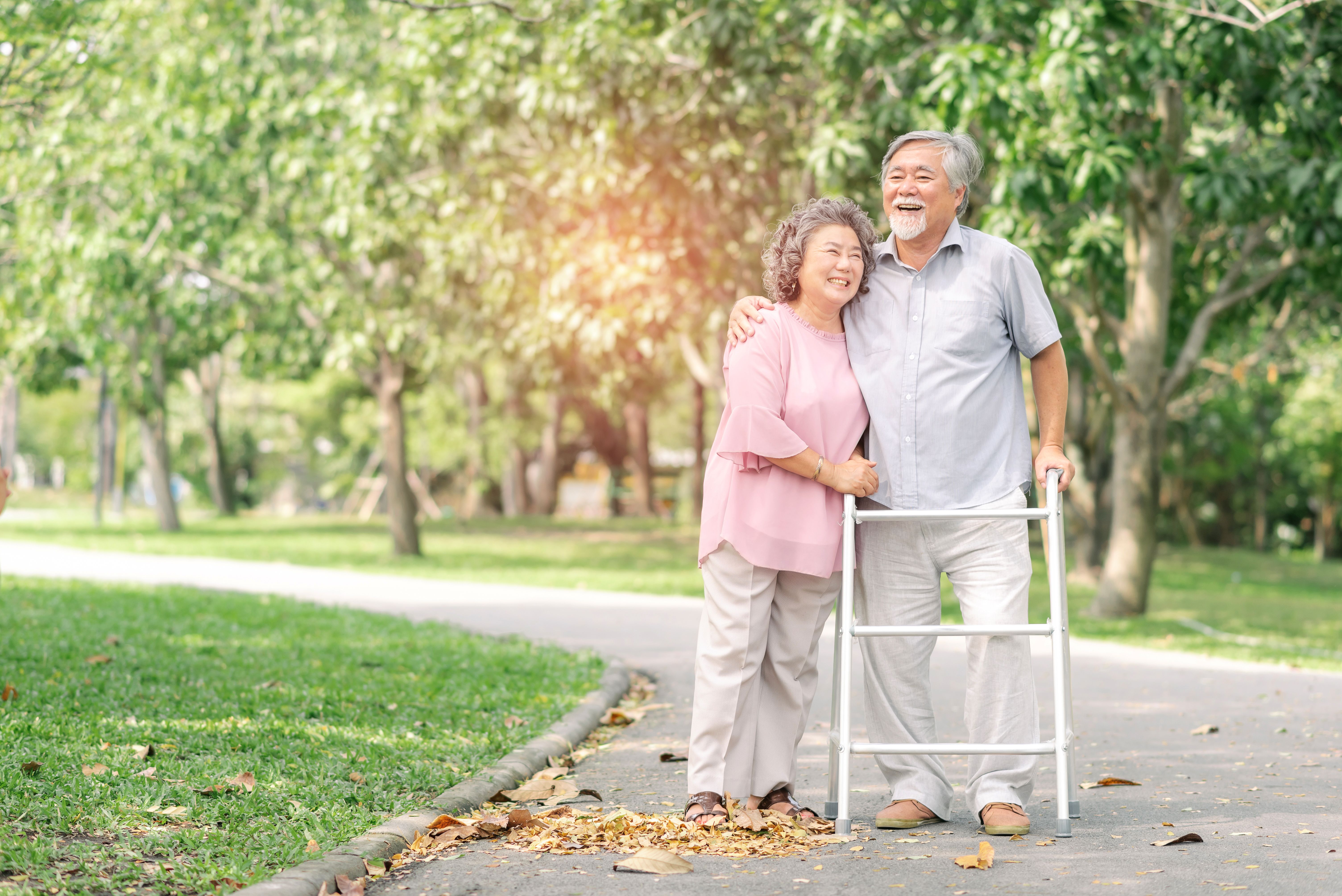Disuse syndrome and bedsore due to inactivity of elderly care receivers
- CareBuddy
- 4 Mins Read
- 20 Sep 2022
- Elderly Care
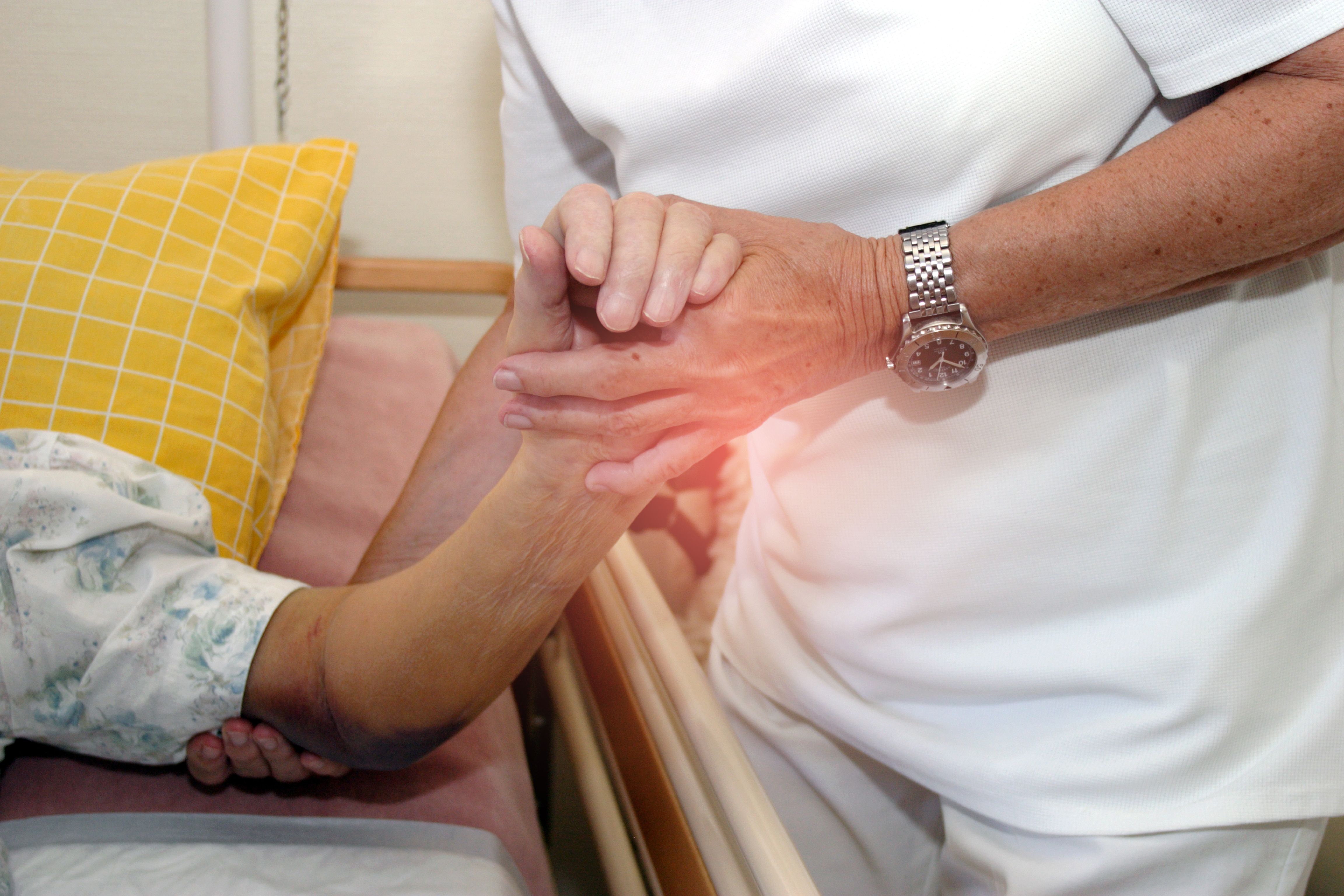
Elderly care receivers often become inactive and this can lead to some common conditions such as disuse syndrome and bedsores. Caregivers would do well to learn about these conditions and keep care receivers safe from them.
Disuse syndrome
This is a decline of both physical function and mental function as a result of an overall period of inactivity due to an injury, disorder, sedentary lifestyle or advanced age.
Physical symptoms include
- Anorexia (weight reduction due to fear of gaining weight and therefore reduced eating)
- Constipation
- Urinary tract infection
- Osteoporosis
- Joint contracture
- Muscle weakness and atrophy
- Decline of heart functions
- Decline of lung functions
- Equinus foot (ankle joint lacks flexibility, reducing upward toes-to-shin motion of the foot)
Mental symptoms include
- Decline of will to live
- Reduced interest in activities once enjoyed
- Dementia
- Depression
Disuse syndrome can be managed by
- Encouraging a more active lifestyle including exercise and everyday household activities.
- (If the care receiver is bedridden) Encouraging them to be seated during eating and to excrete in the toilet instead of doing everything in bed.
- Practising good hygiene and keeping all parts of the care receiver’s body clean.
Bedsore
Also known as pressure ulcers, bedsores are circulatory disturbances of the skin due to continued compression or displacement, which can happen due to a sedentary lifestyle with limited motion and activities.
Symptoms include
The pressurised area:
- turns red and does not return to the normal skin colour even after removal of any pressure
- is warm to the touch
- changes in hardness
If the care receiver’s most common position is seated, the highly pressurised areas are
- Ischial bone (lower back)
- Coccygeal bone (tailbone)
- Spine
- Backs of arms and legs
If the care receiver’s most common position is supine (lying down), the highly pressurised areas are
- Sacral area (bottom of spine)
- Shoulder blades
- Heel bones
Bedsores can be prevented or managed by
- Active lifestyle including frequent movement and exercise whenever possible.
- Ensuring frequent positional change of all parts of the body while sitting or lying down.
- Decompression of affected areas using pillows, cushions or mattress pads to reduce pressure on affected areas.
- Friction prevention.
- Keeping the body clean and hygienic, especially any area that already has a bedsore in its early stage.
- Good nutrition to facilitate wound healing.
Swelling
Also known as edema, swelling can often be caused by serious medical conditions, but is also sometimes caused simply by inactivity.
As we’ve discussed above, most of these conditions can be prevented, treated or managed with a simple two-pronged approach of active lifestyle and good hygiene. Caregivers need to ensure both of these in the lives of elderly care receivers to keep them safe from these conditions or reduce the impact of the conditions in case they are already present.
Article reviewed by David Tay, Senior Principal Educator (Nursing and Prehospital Care), HMI Institute.
